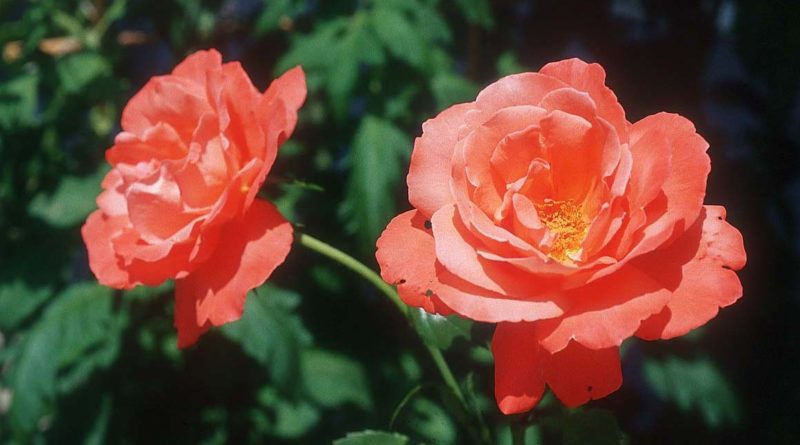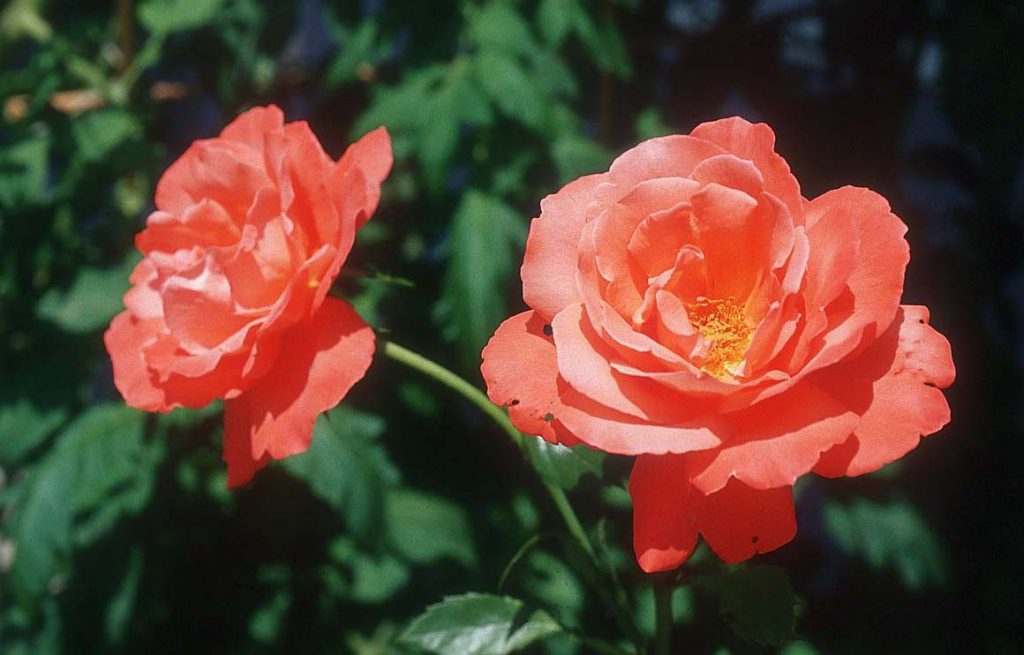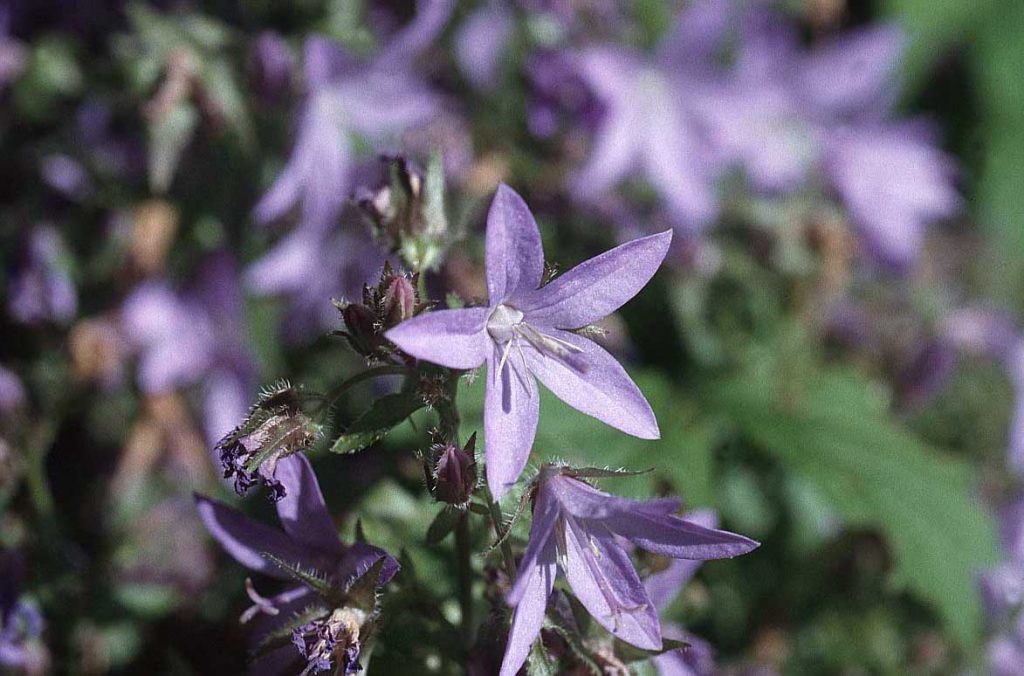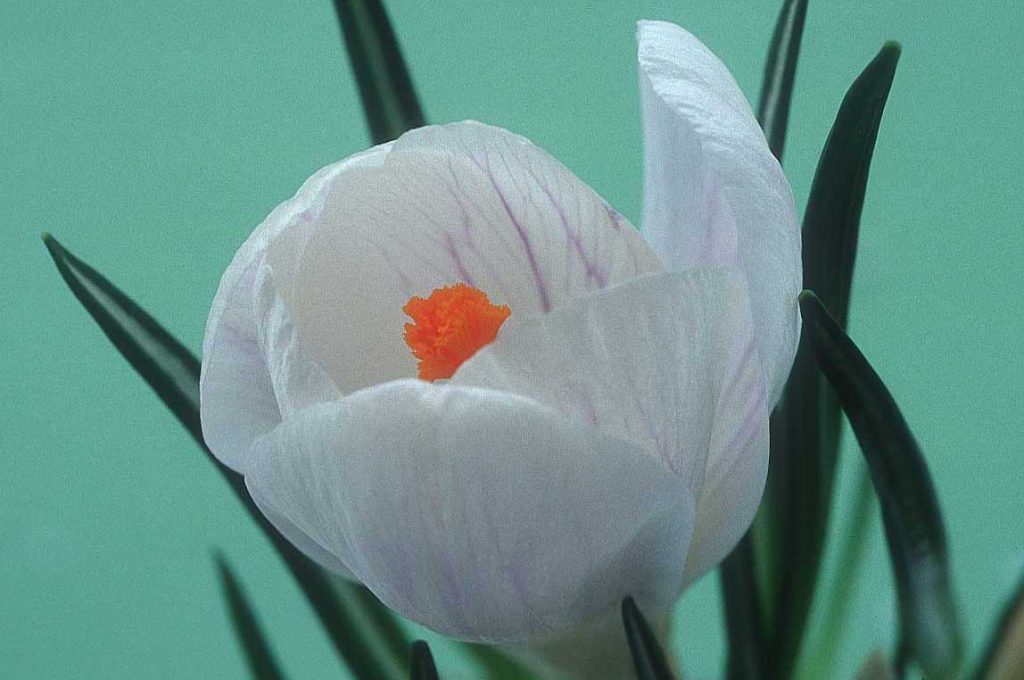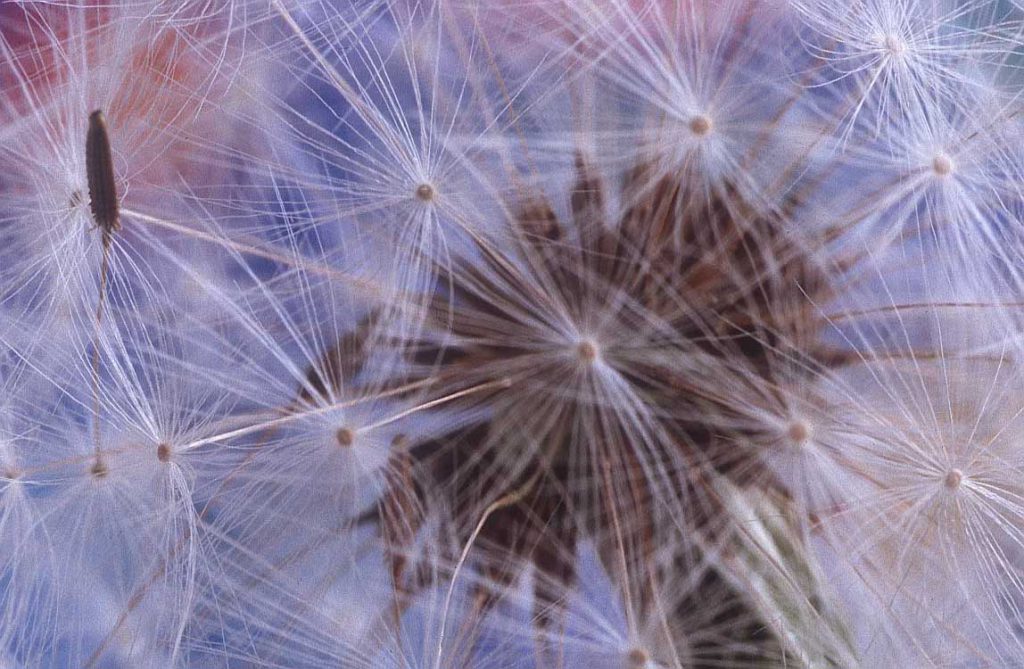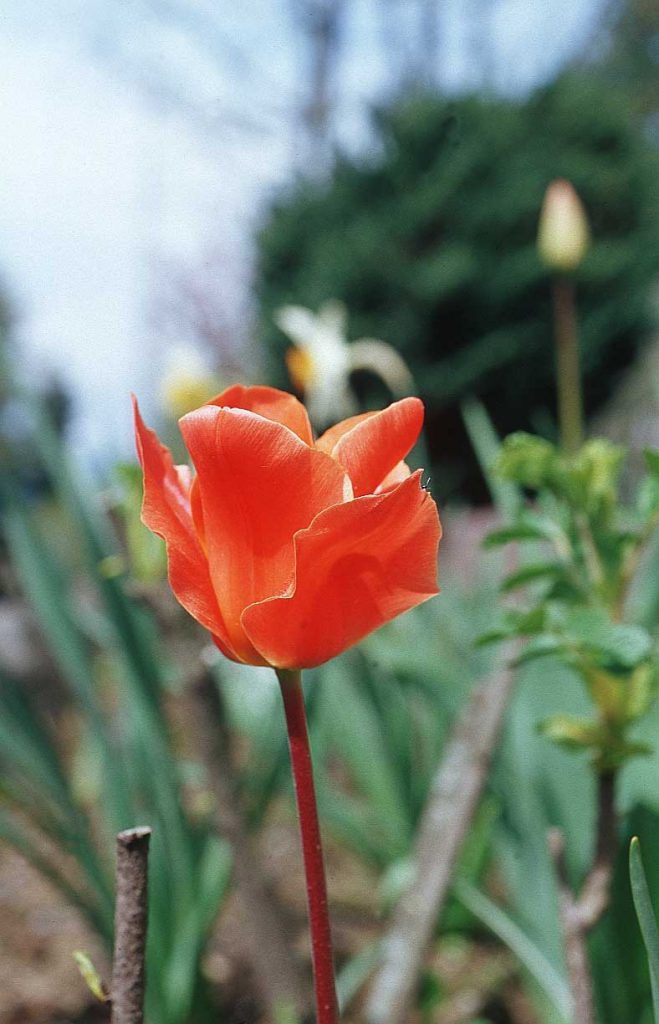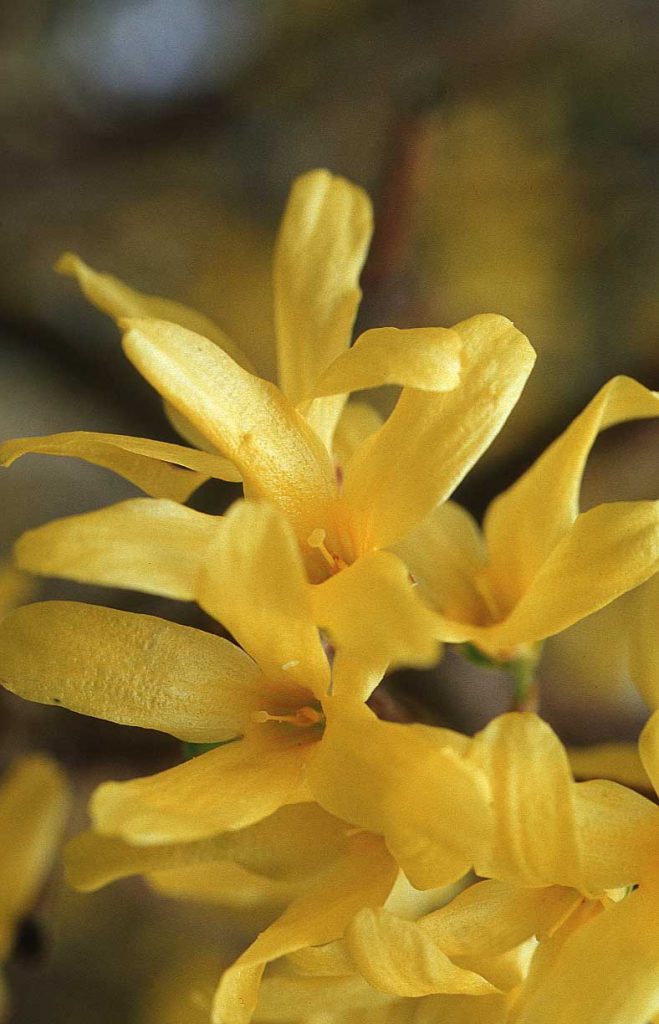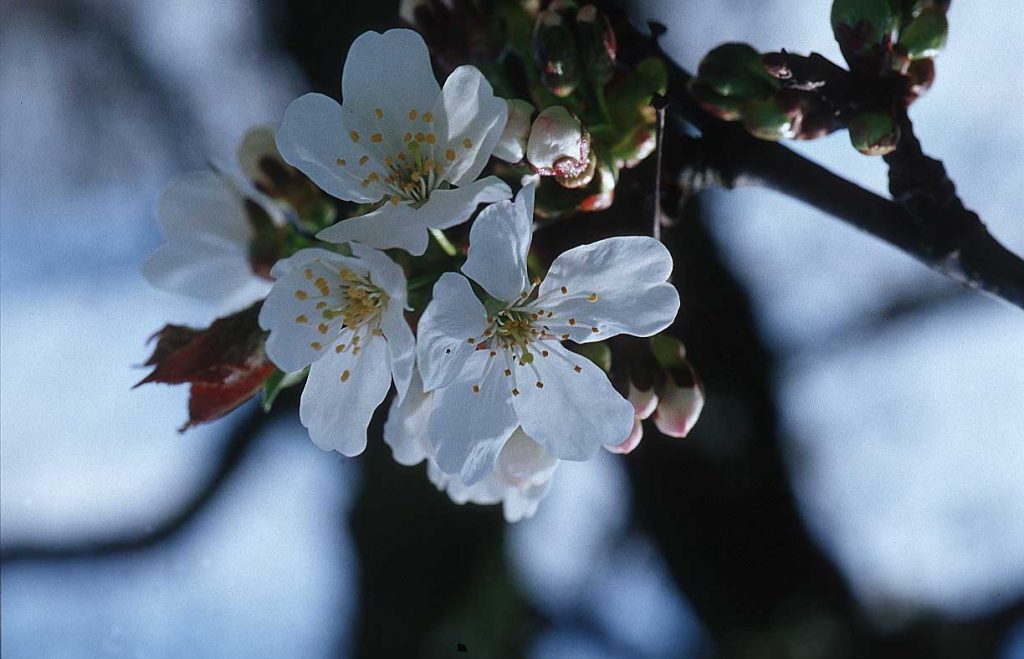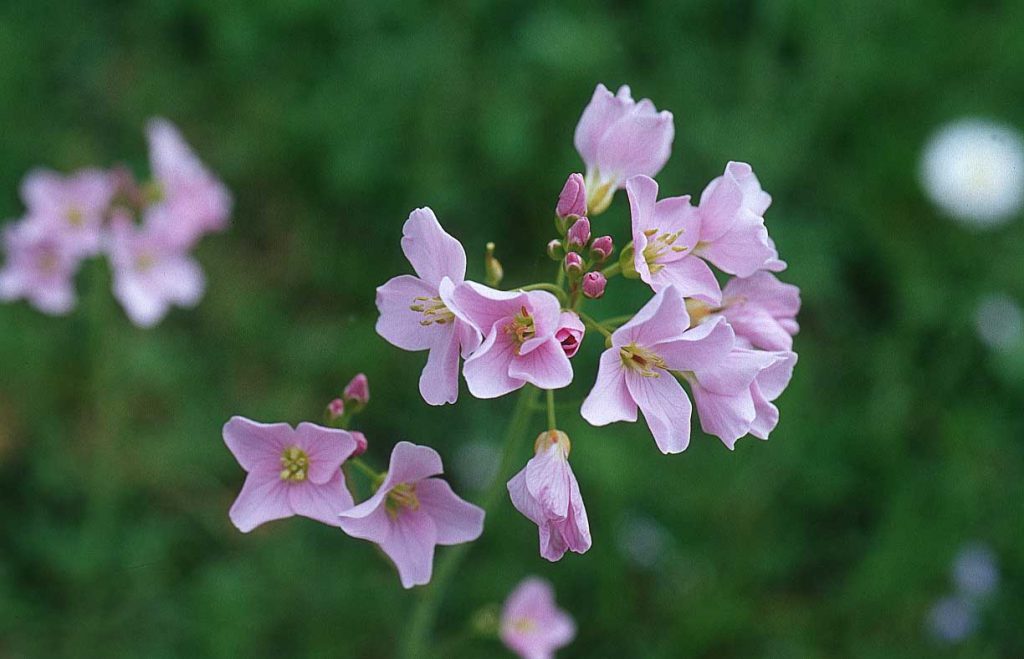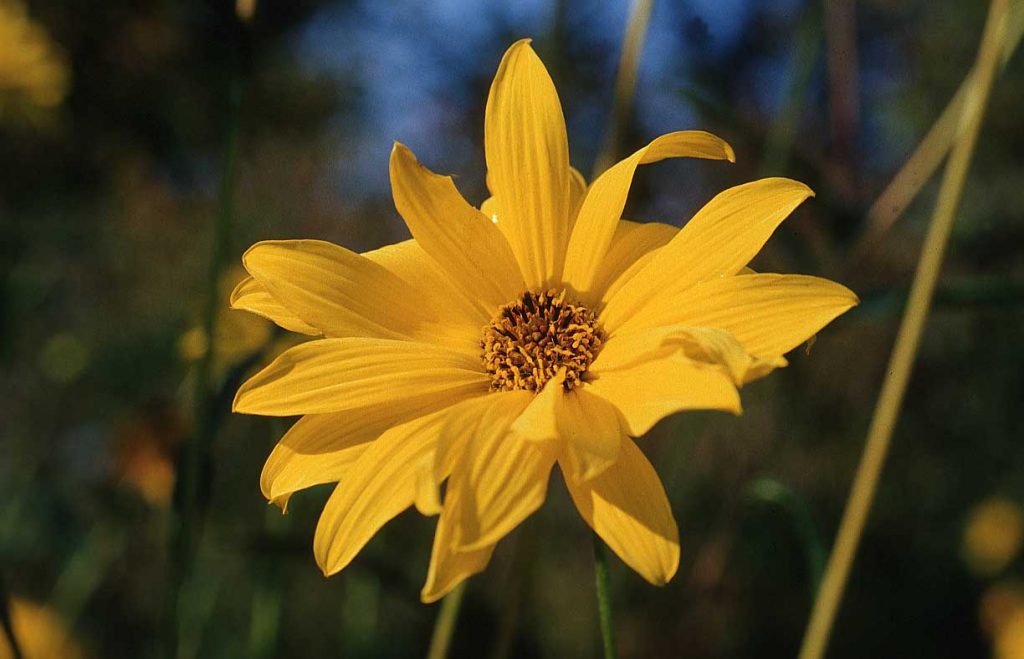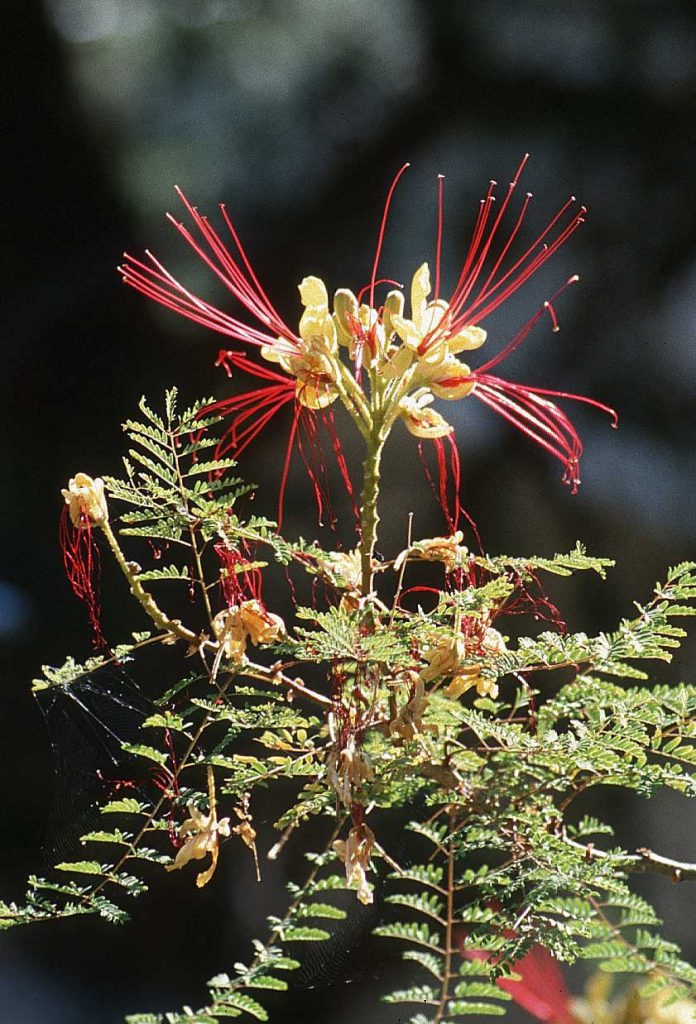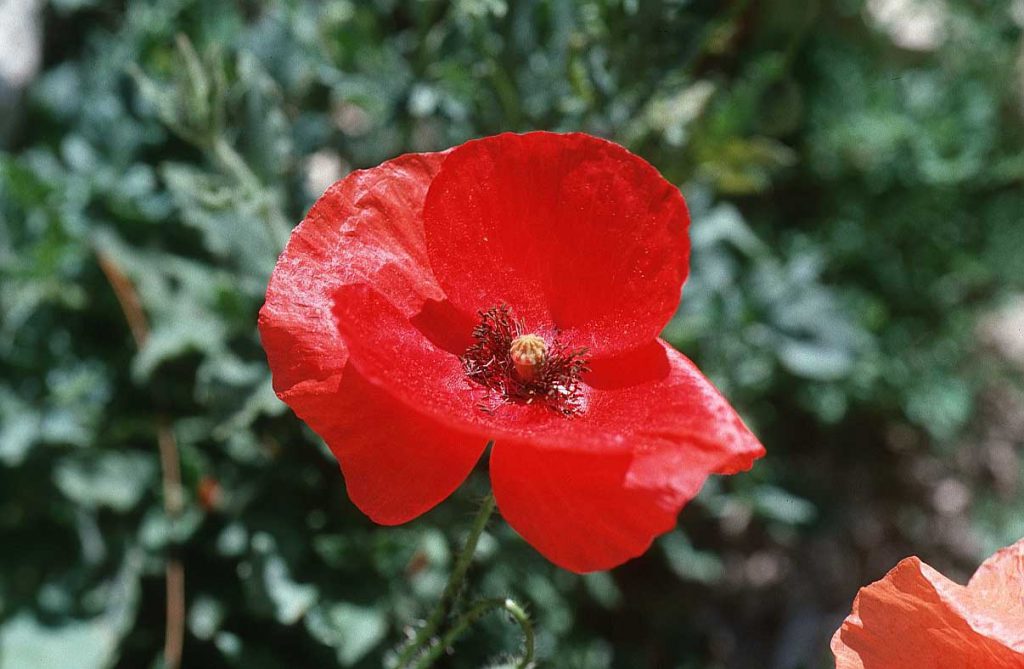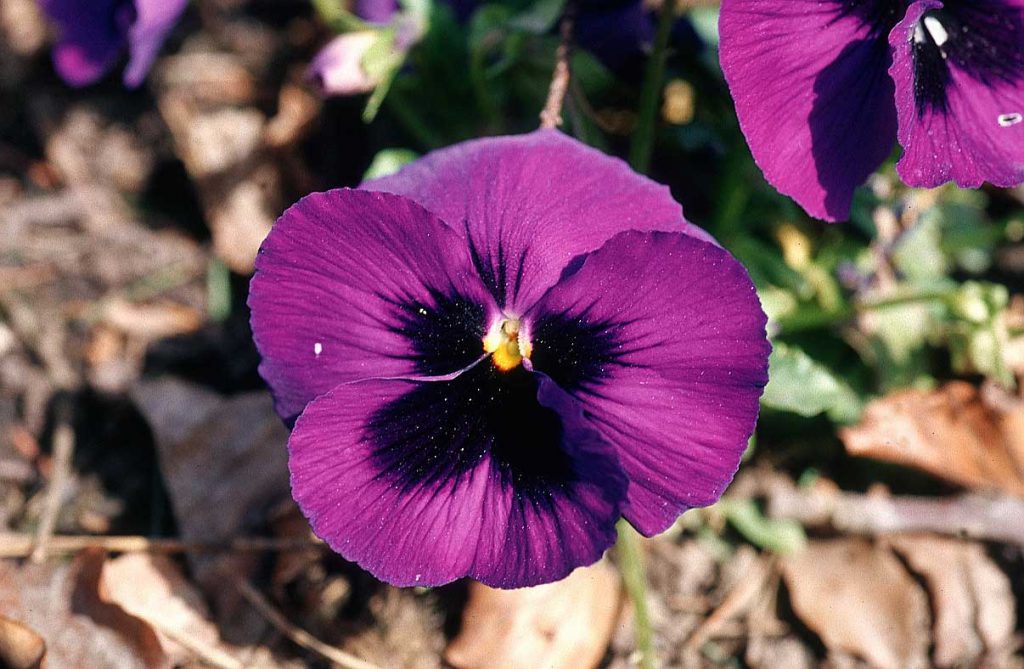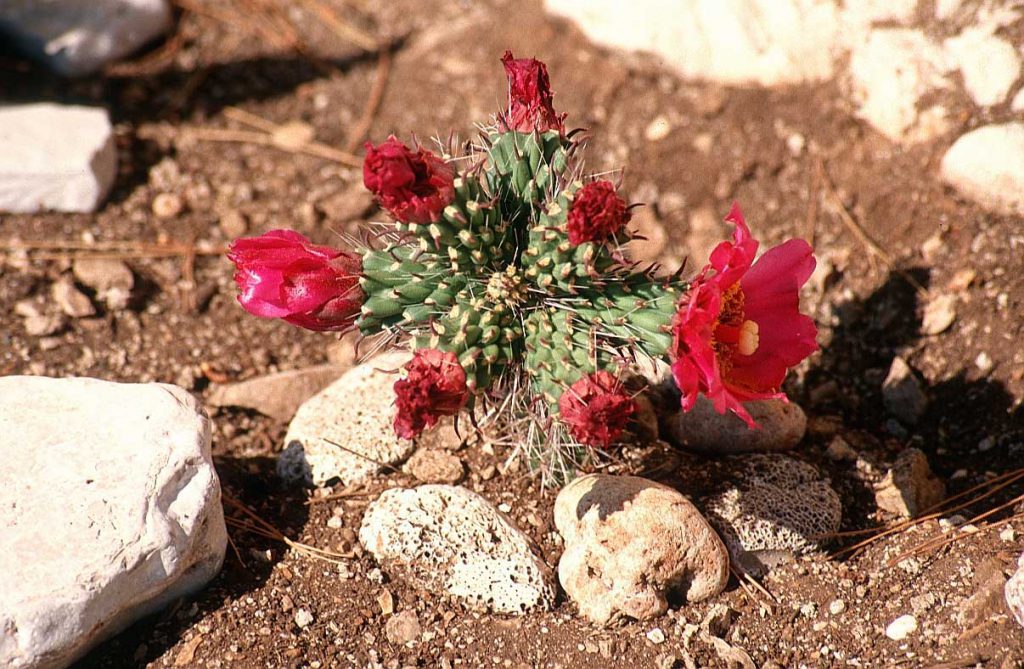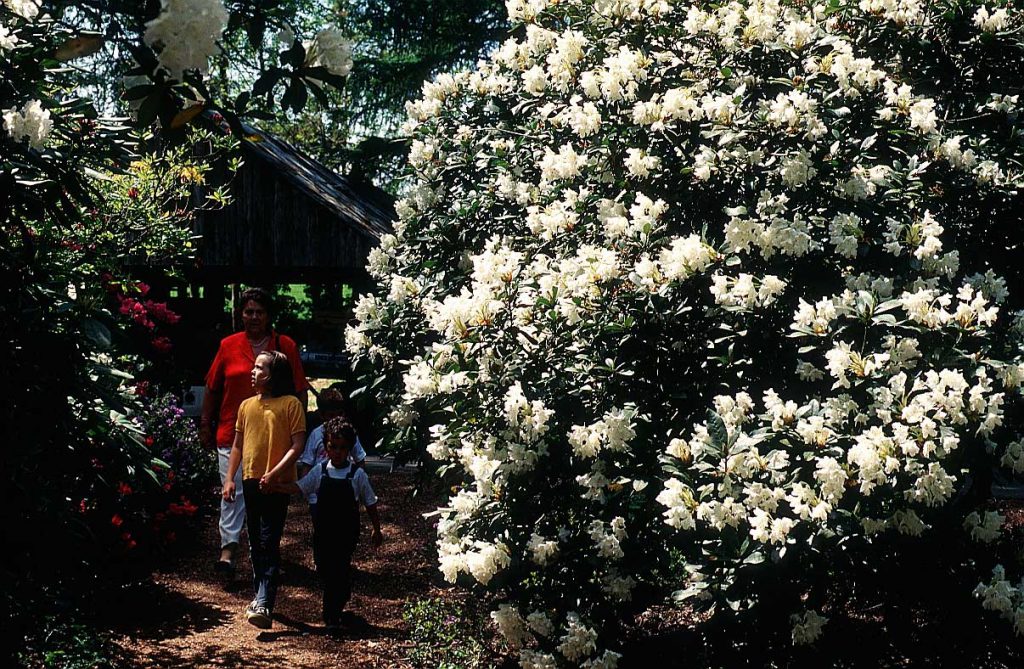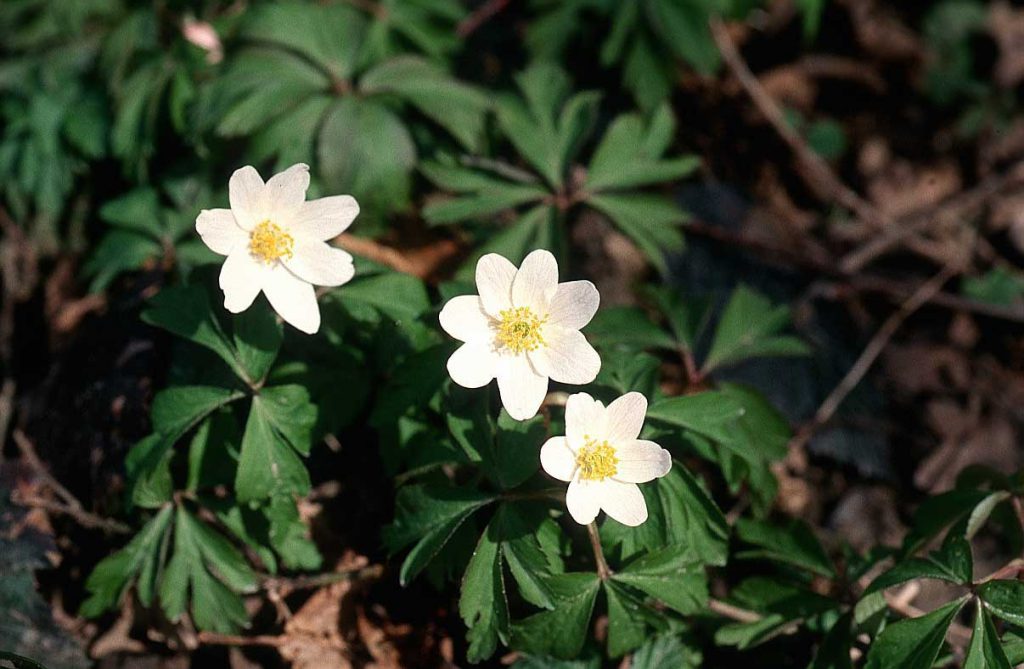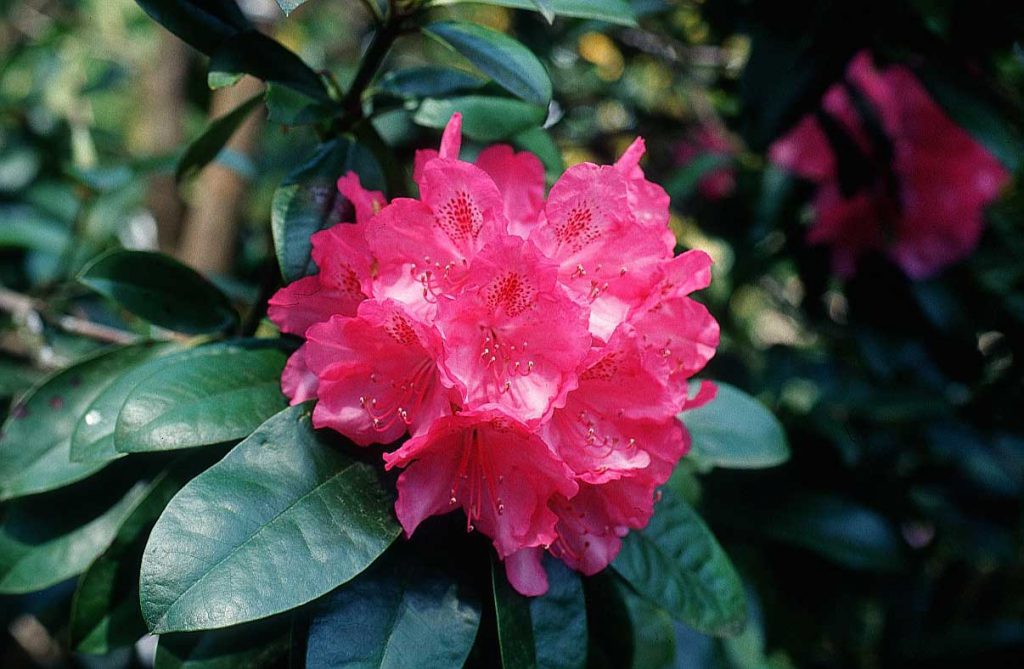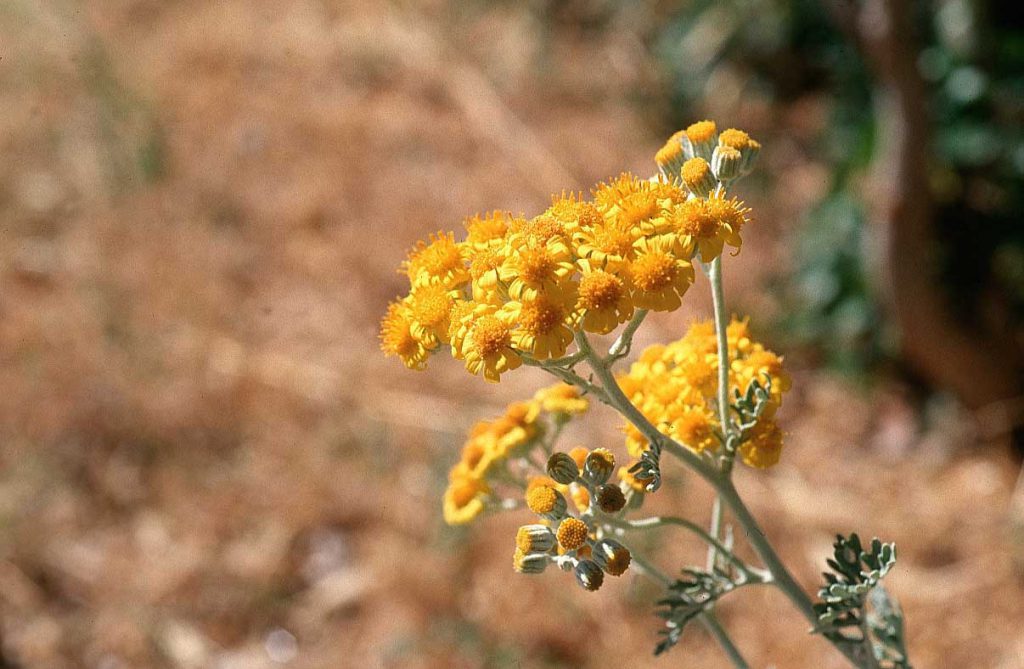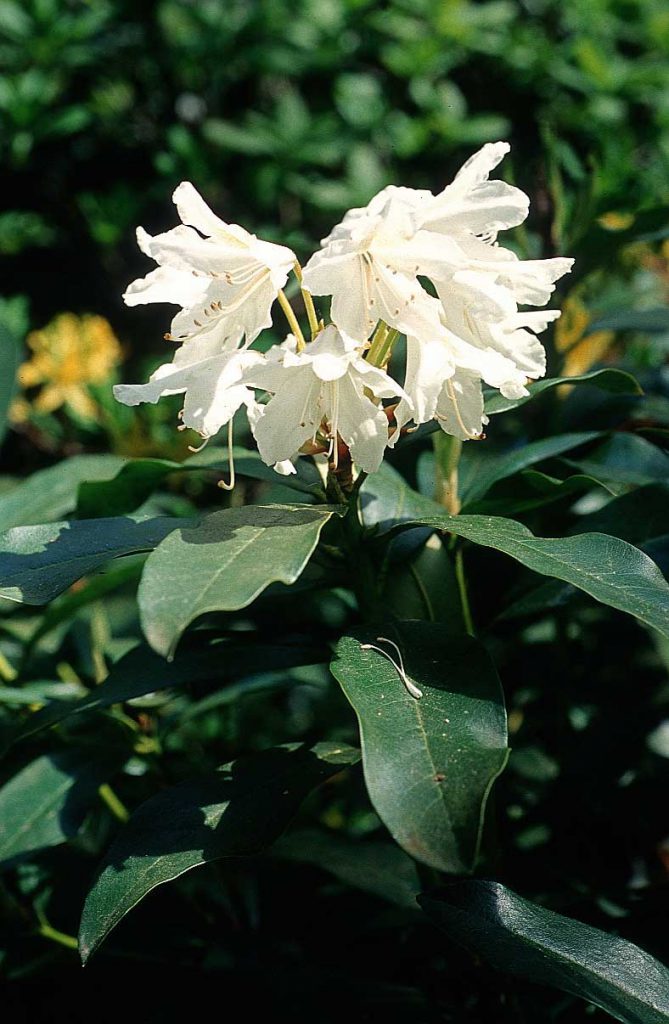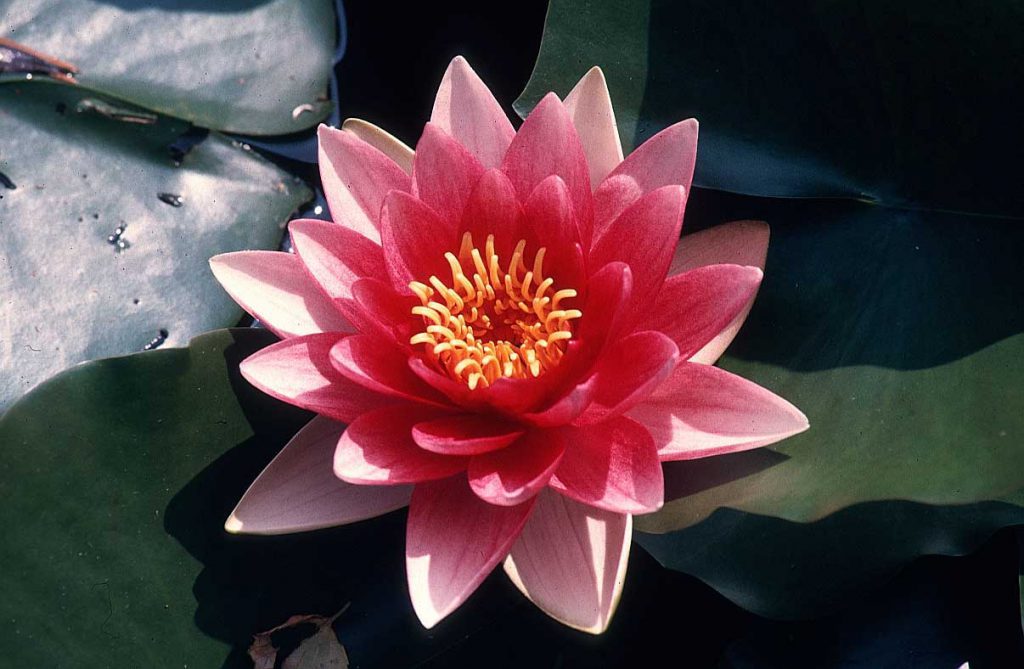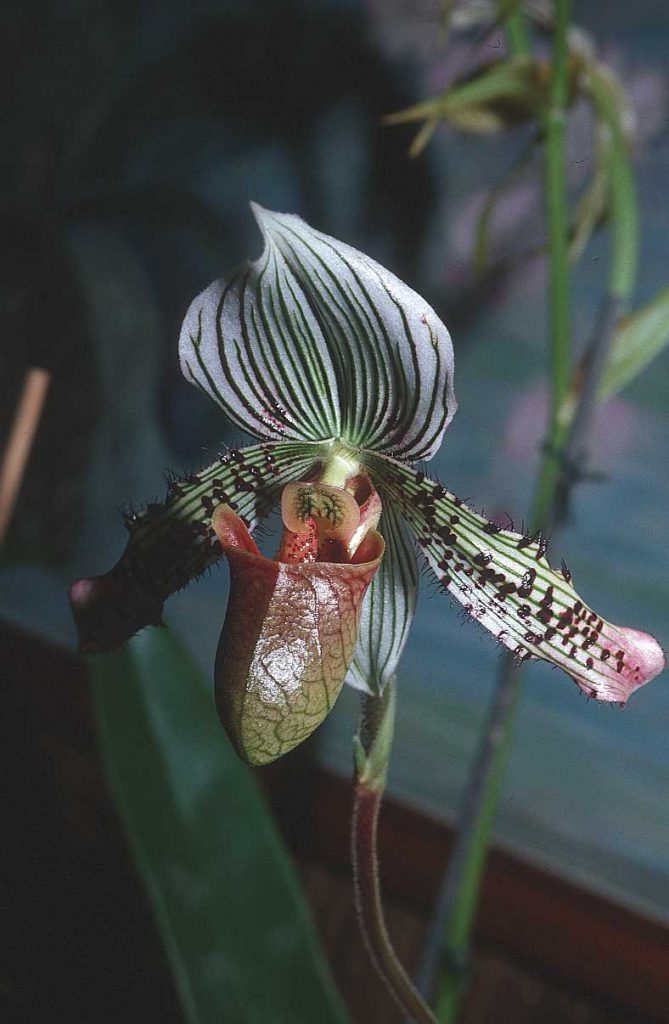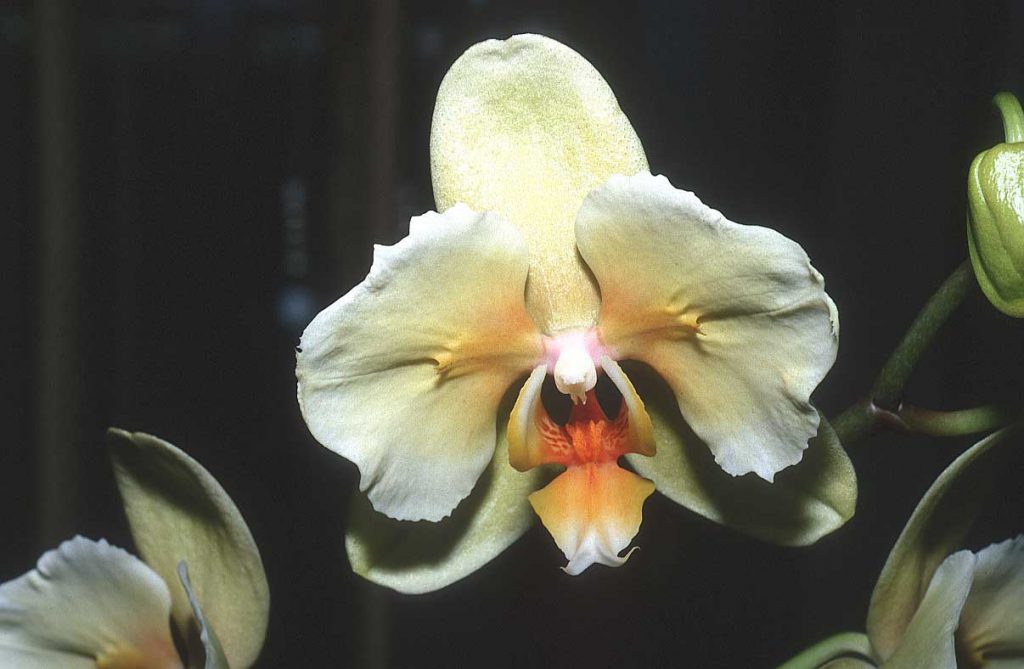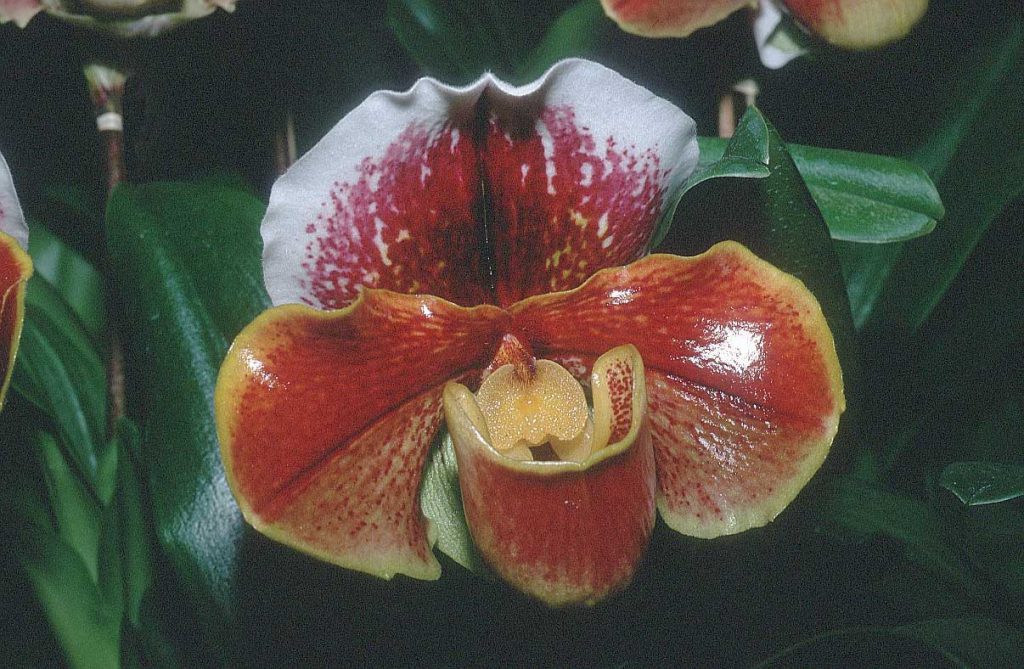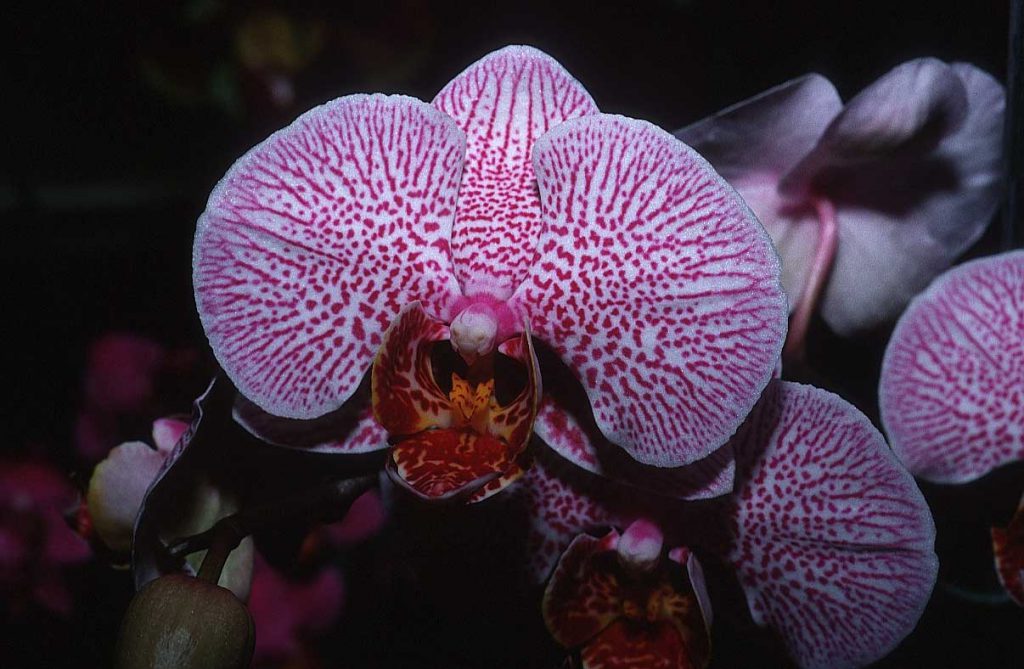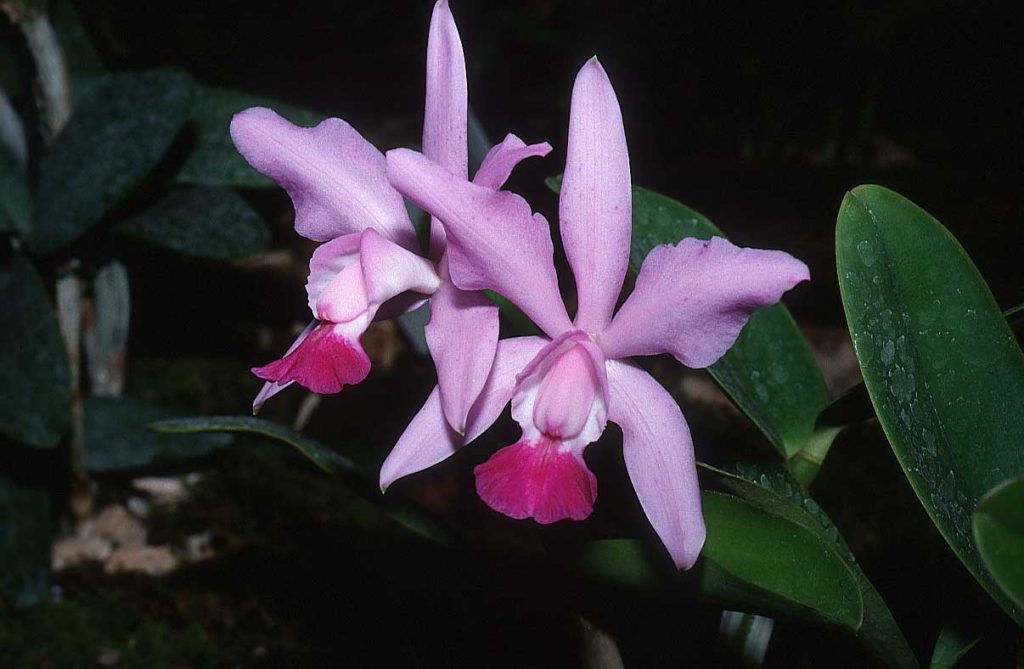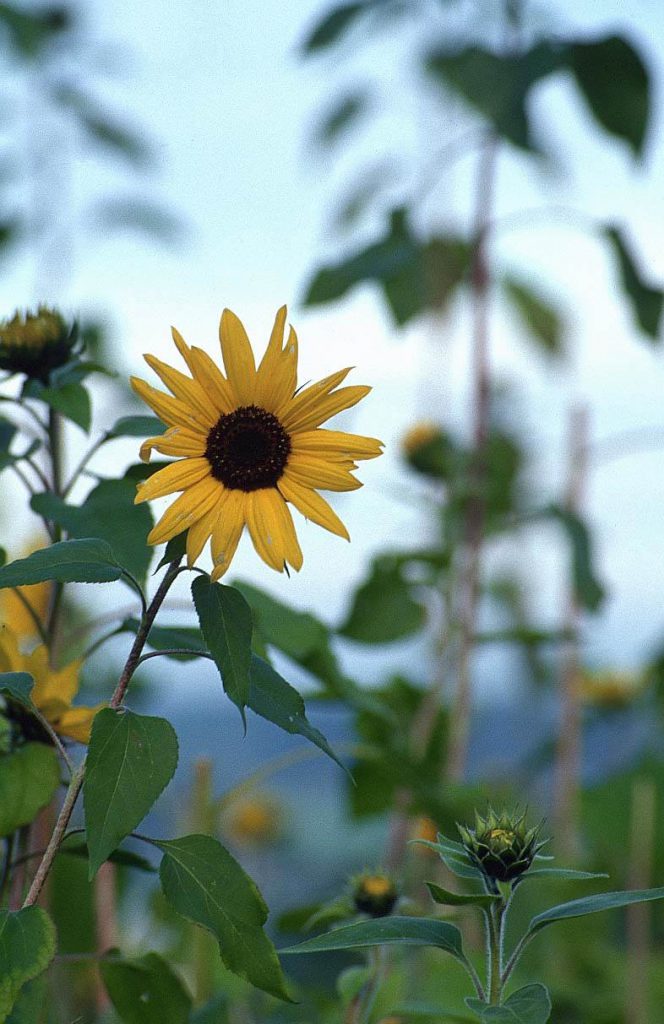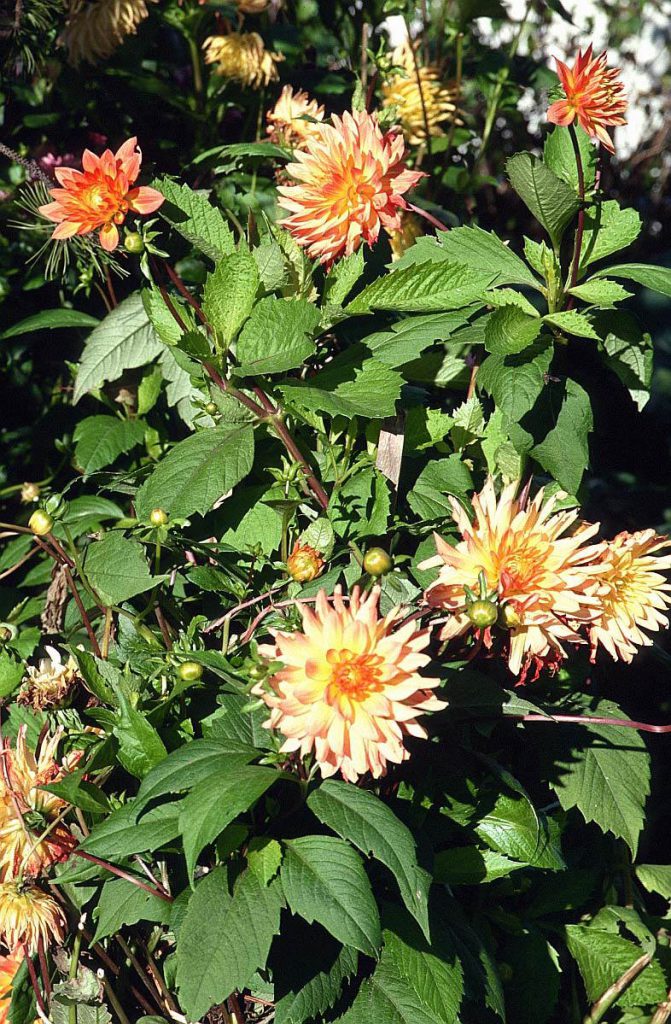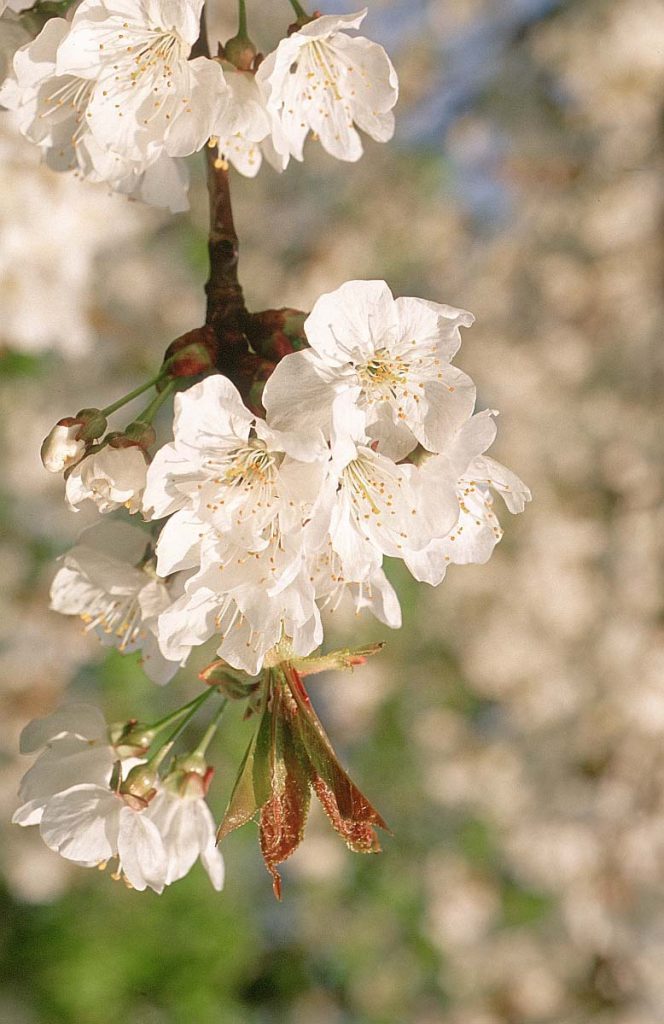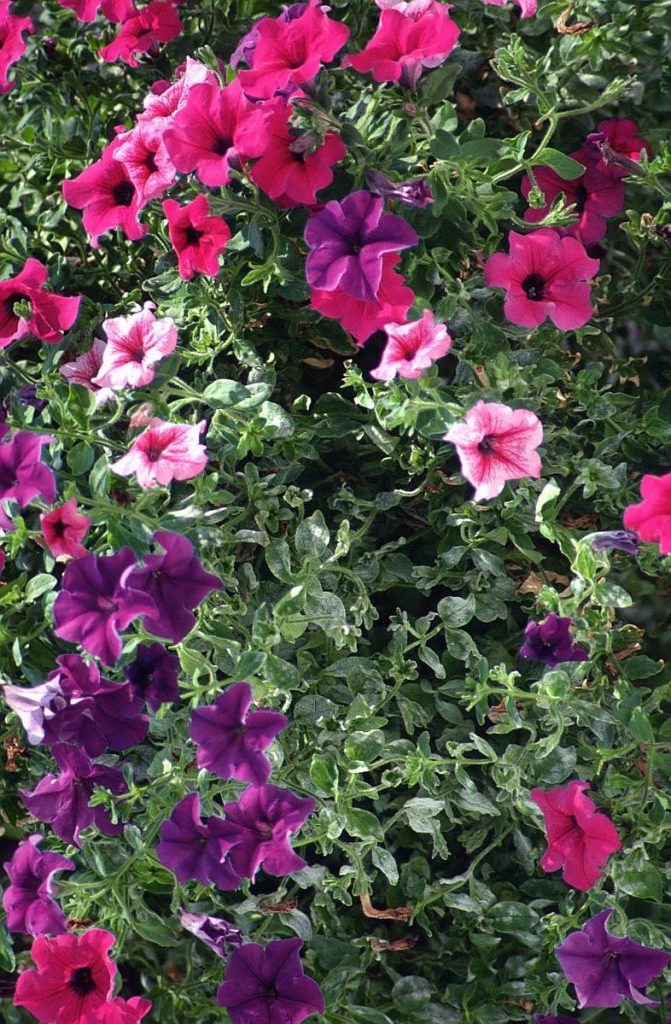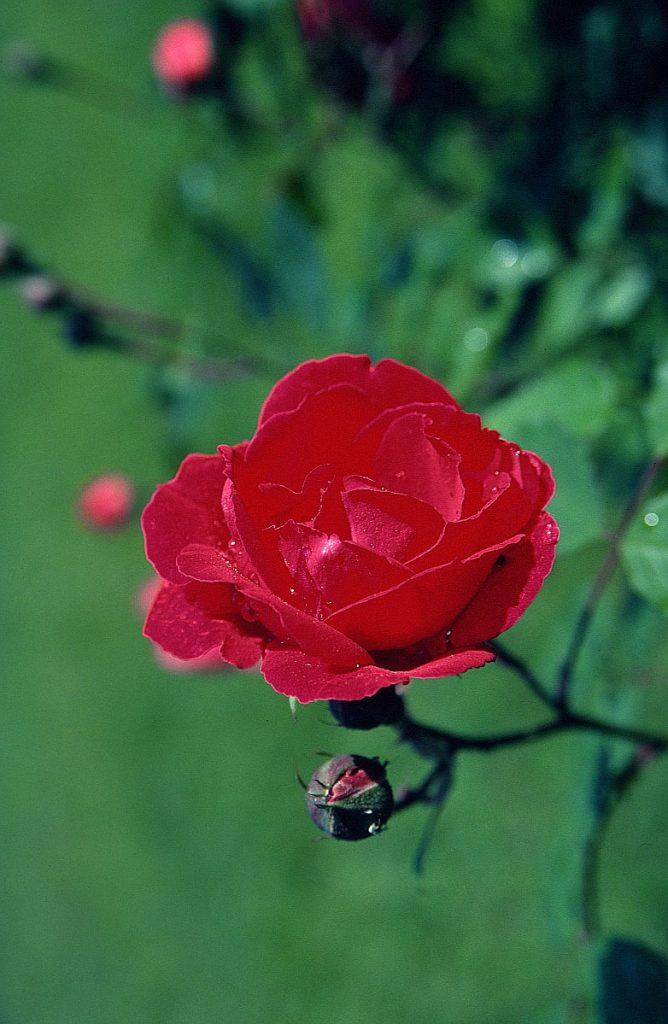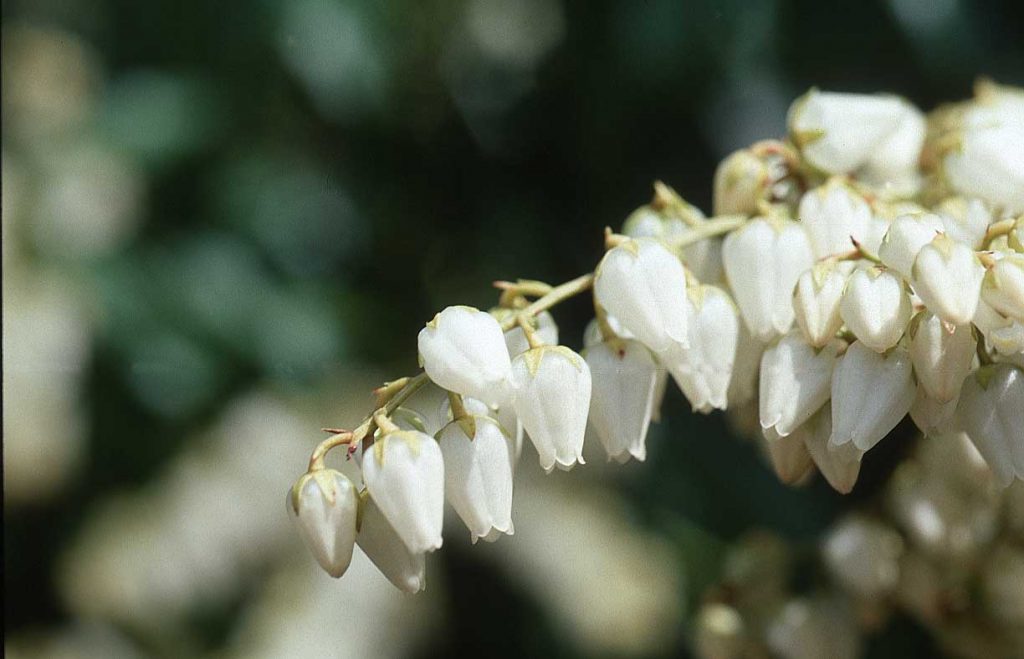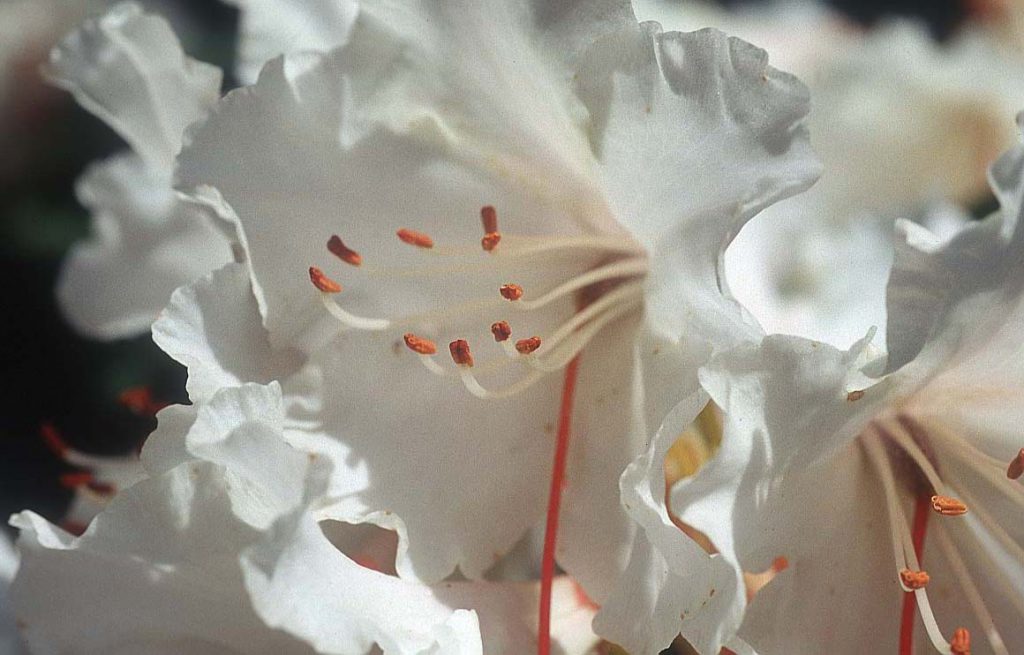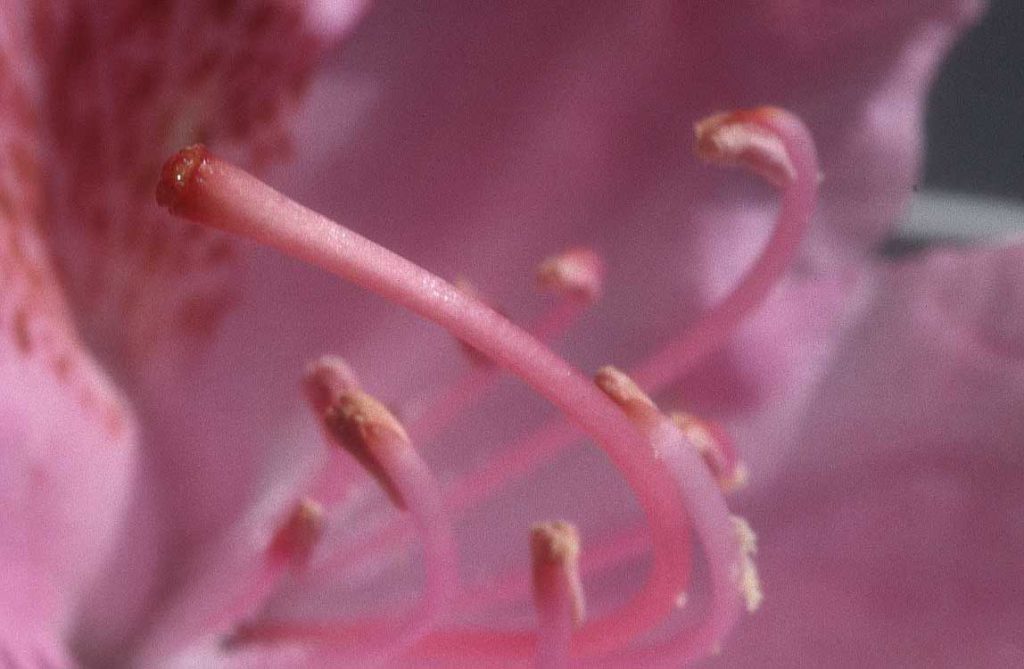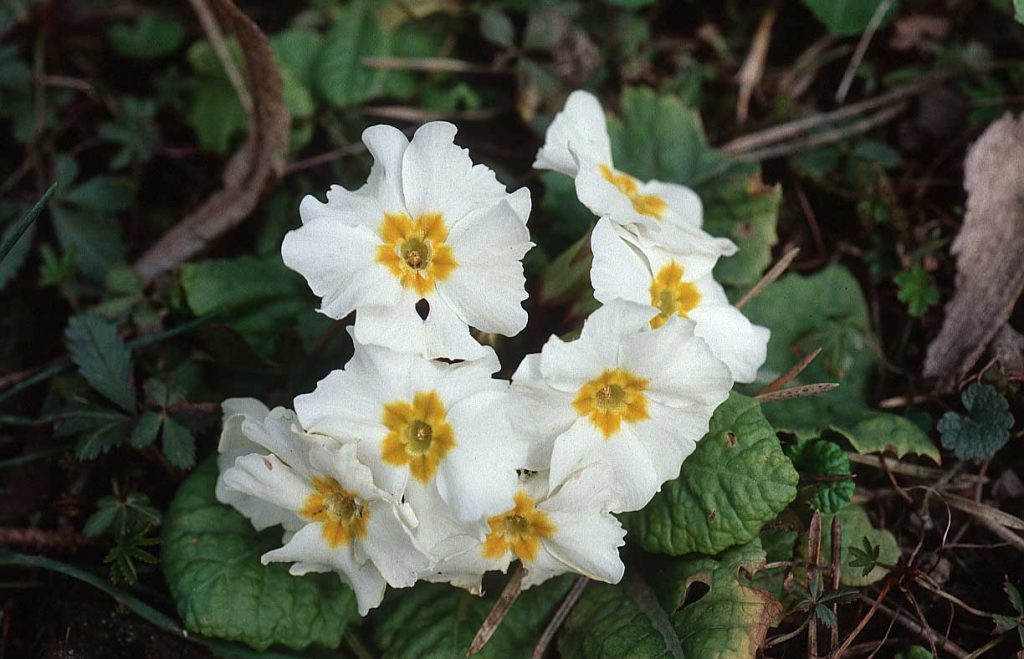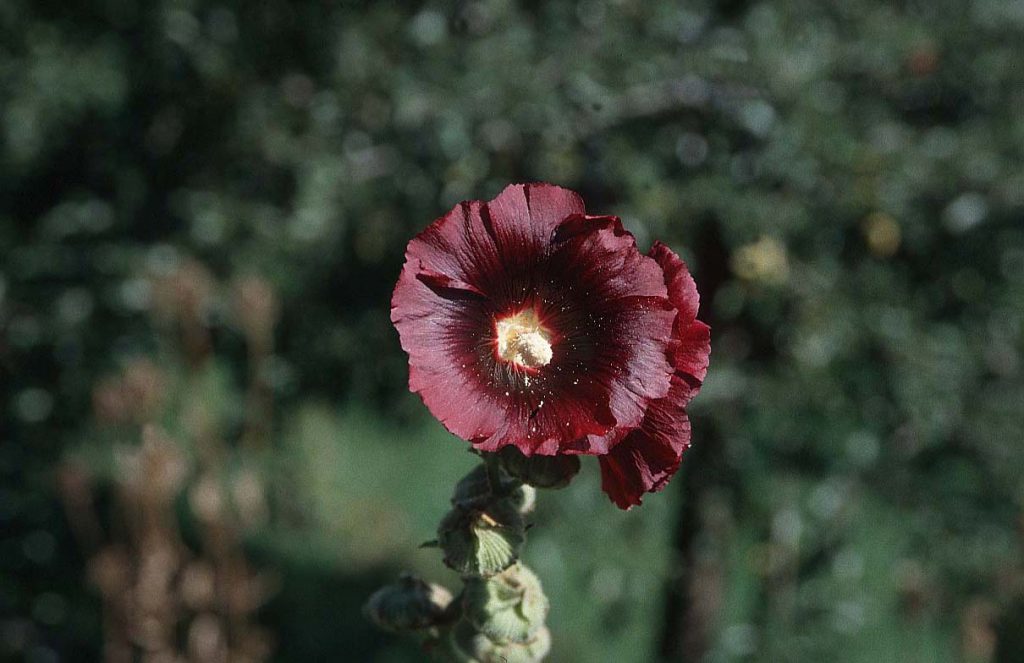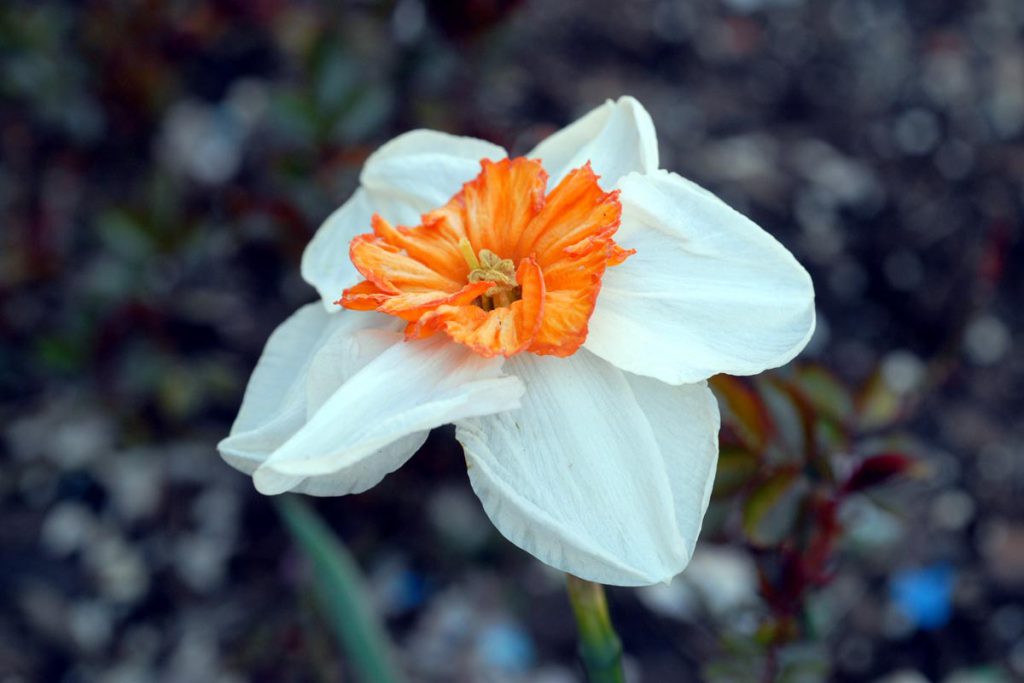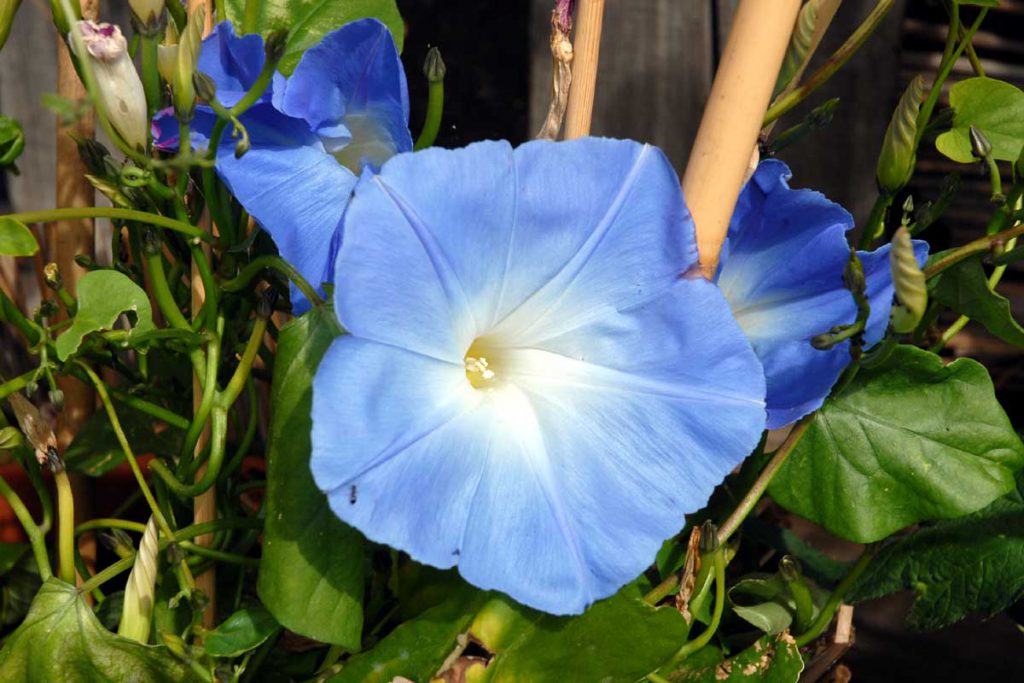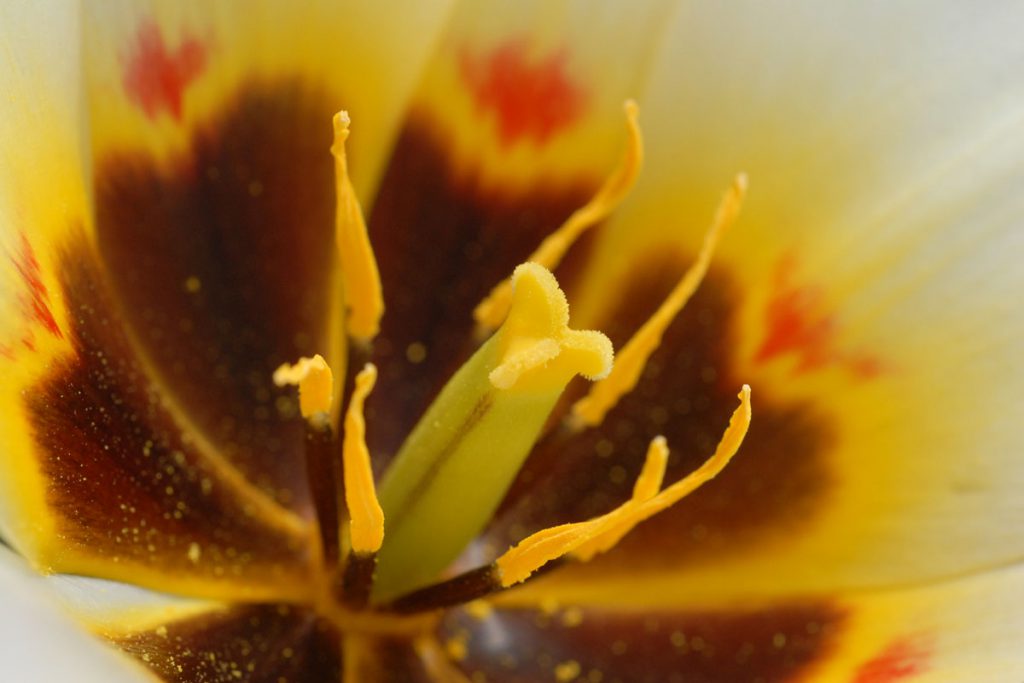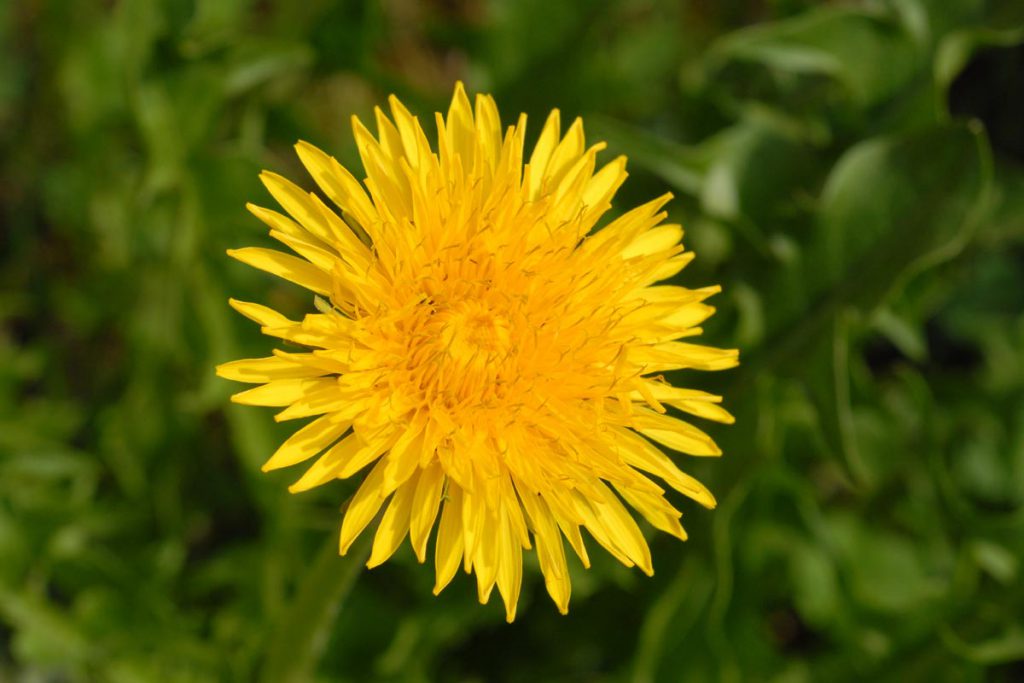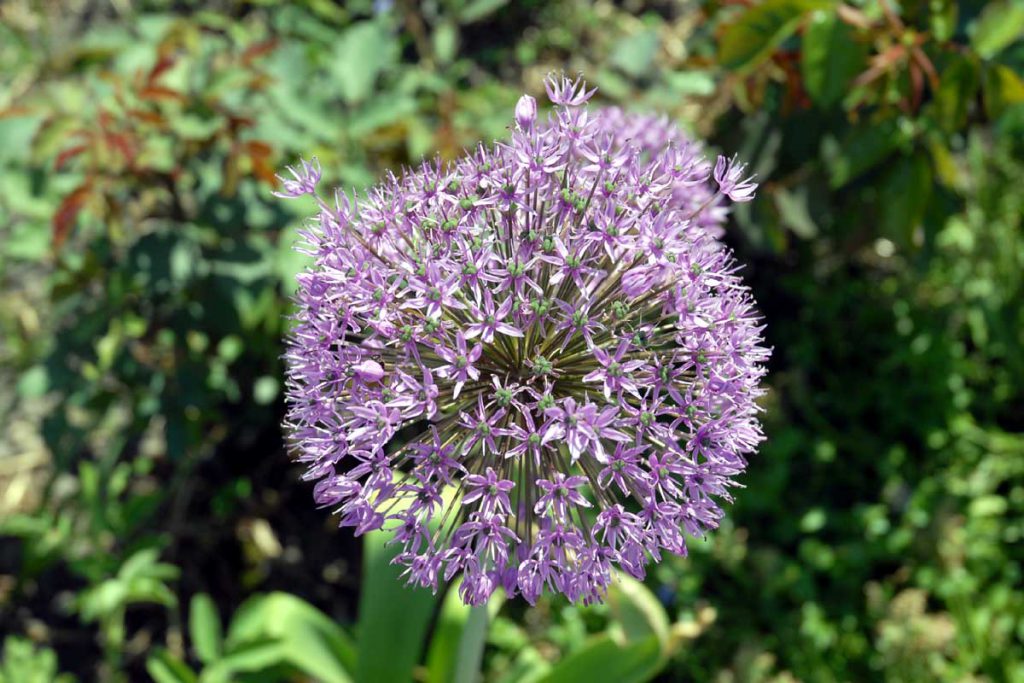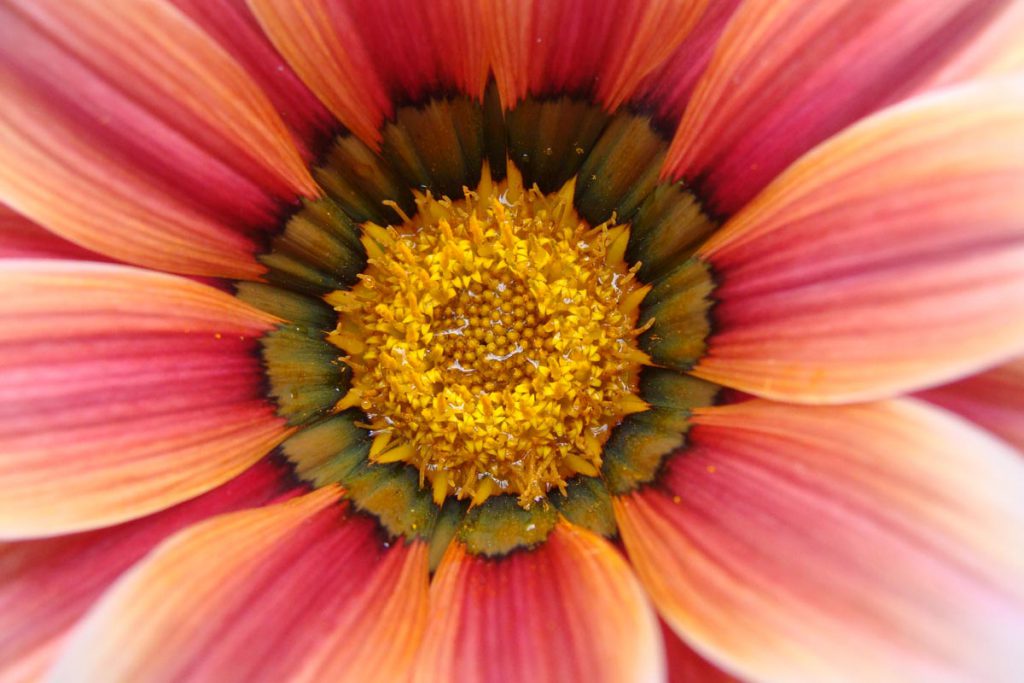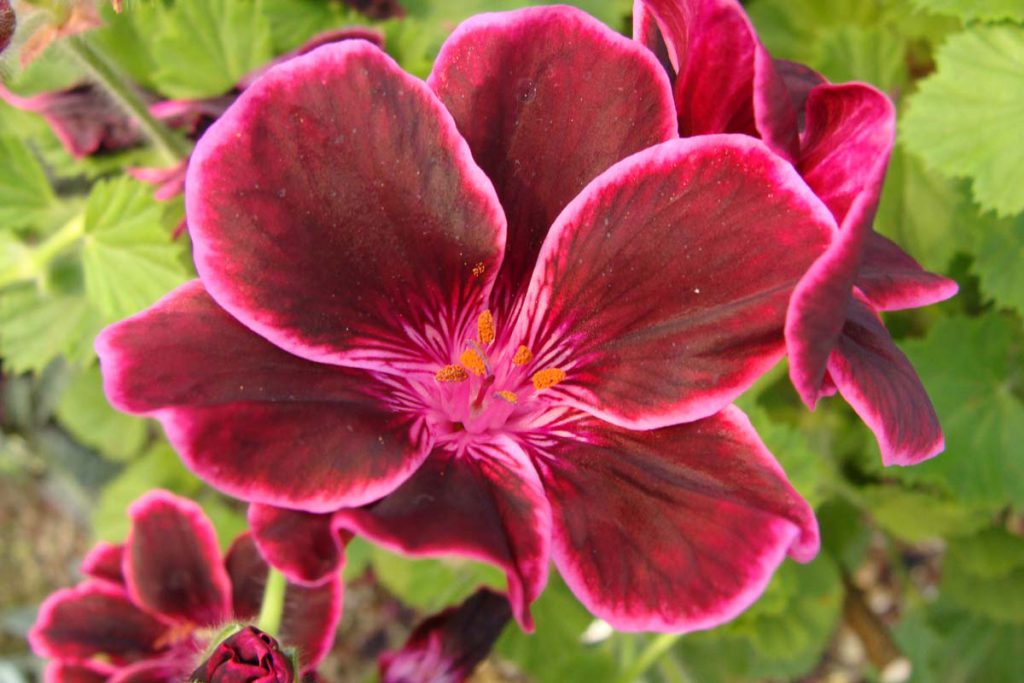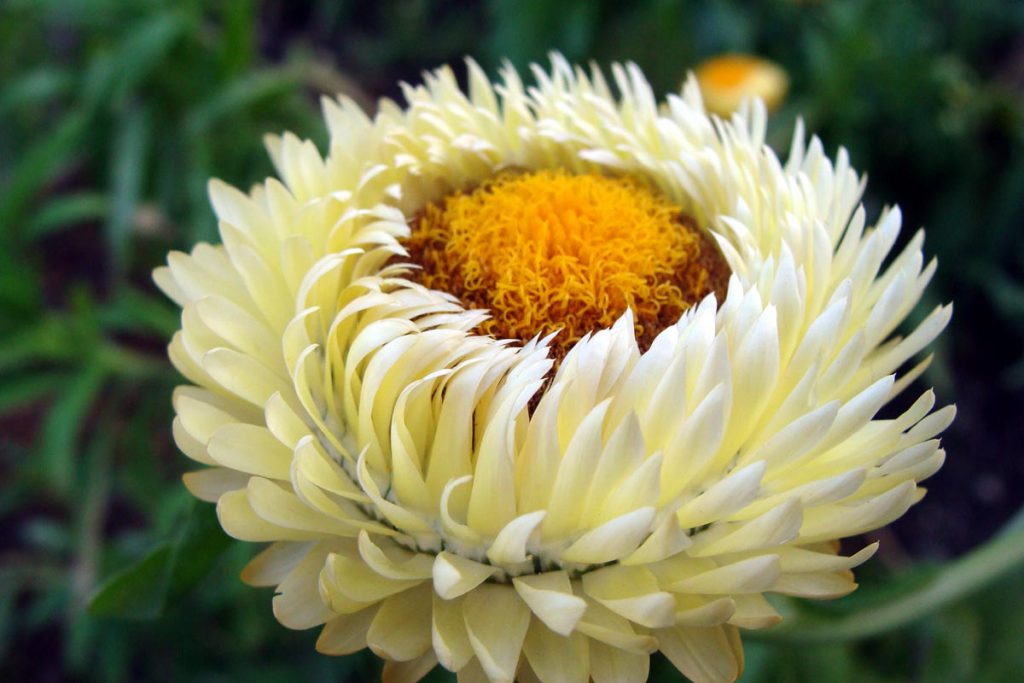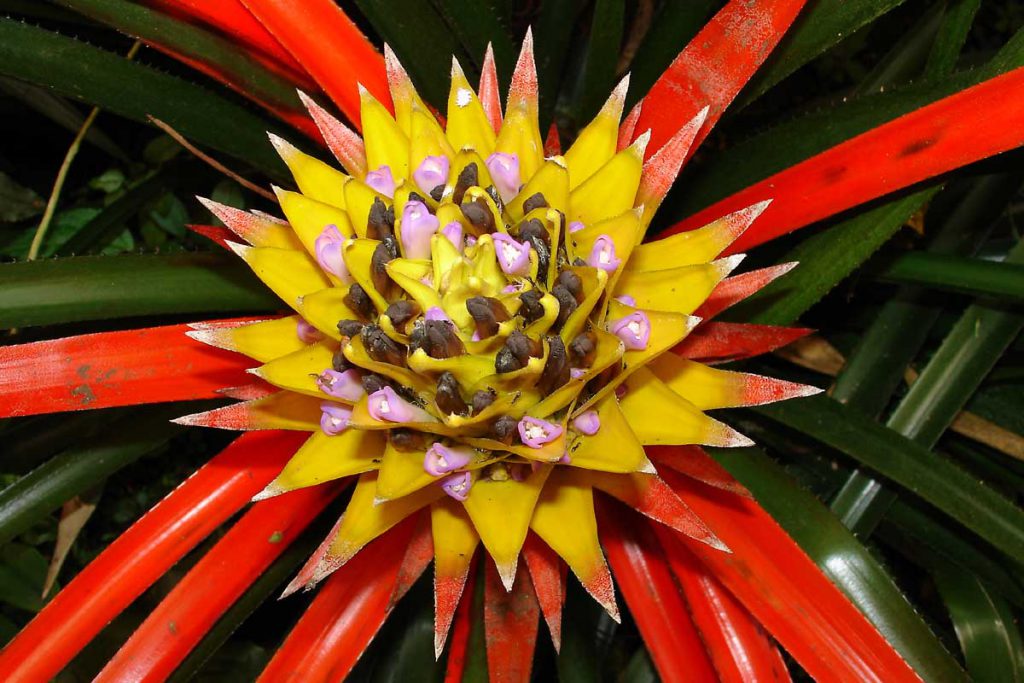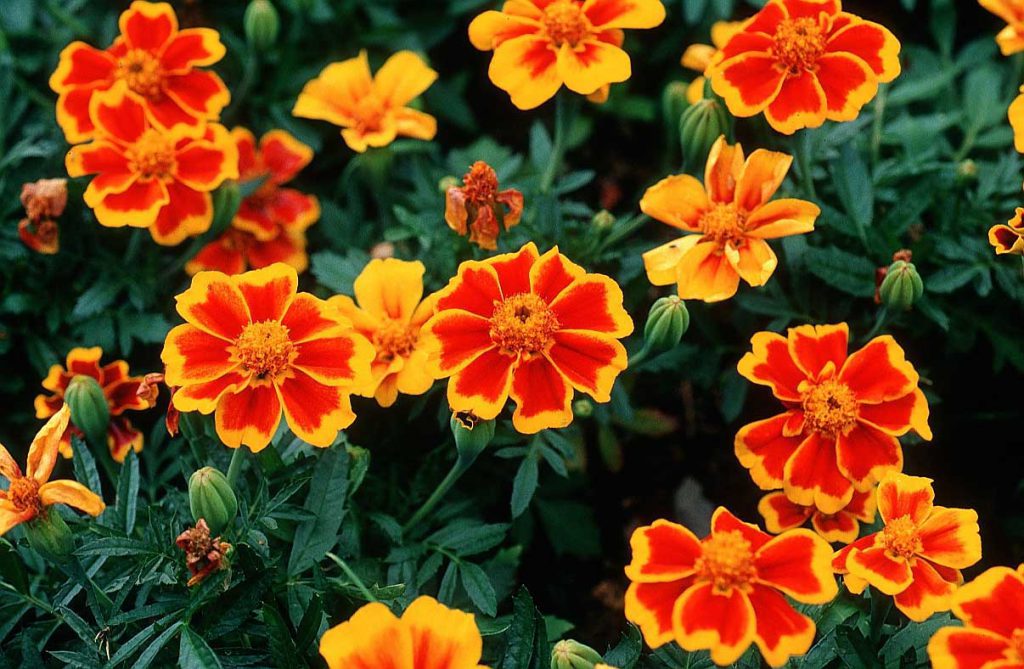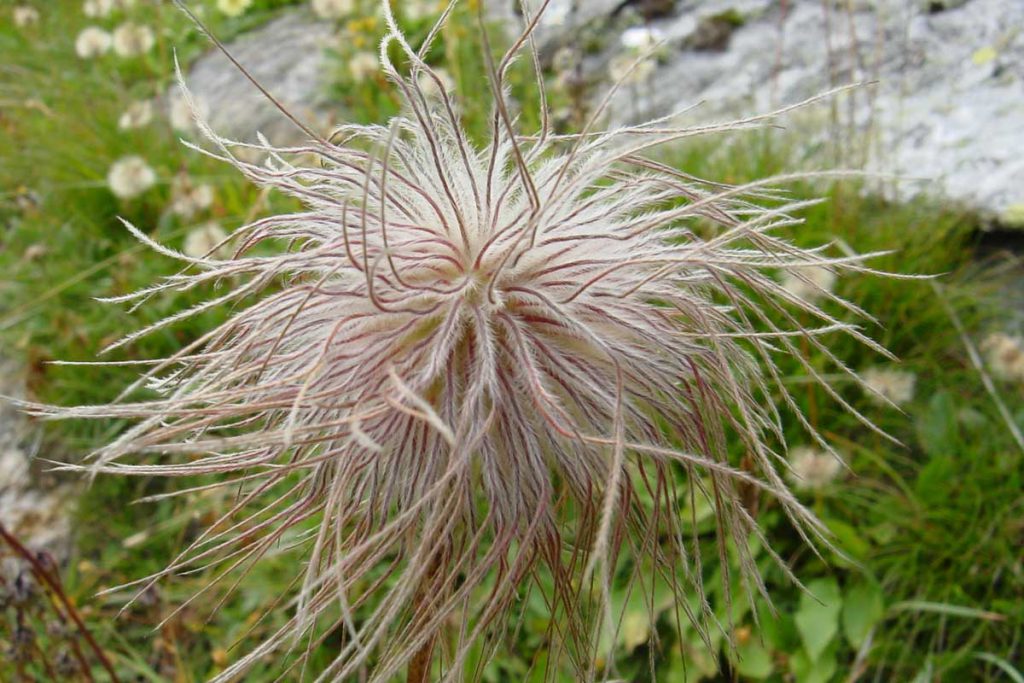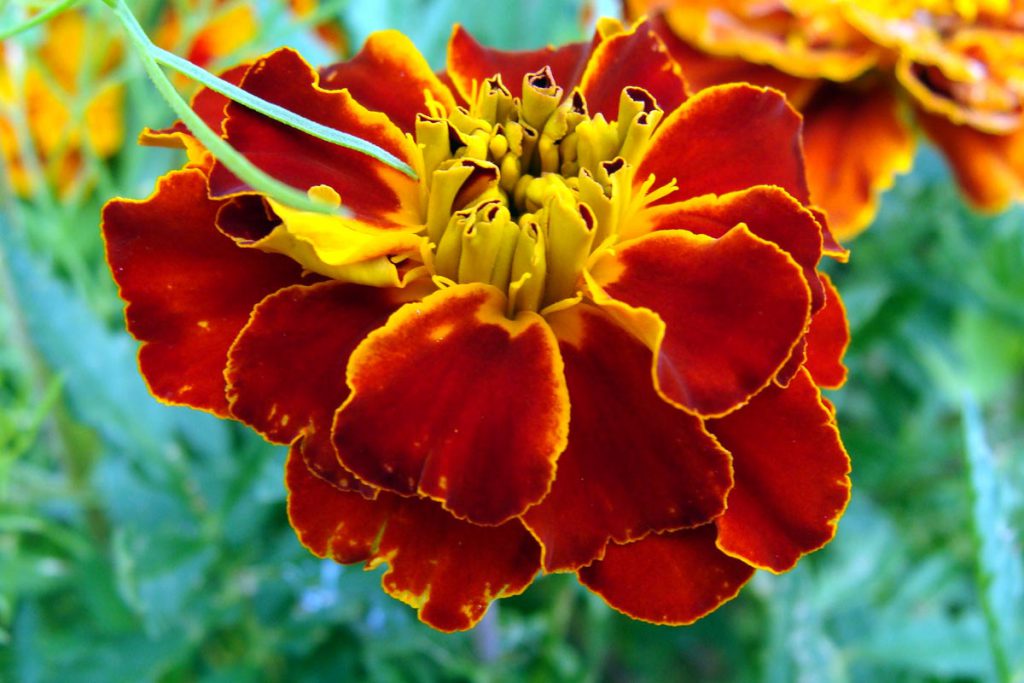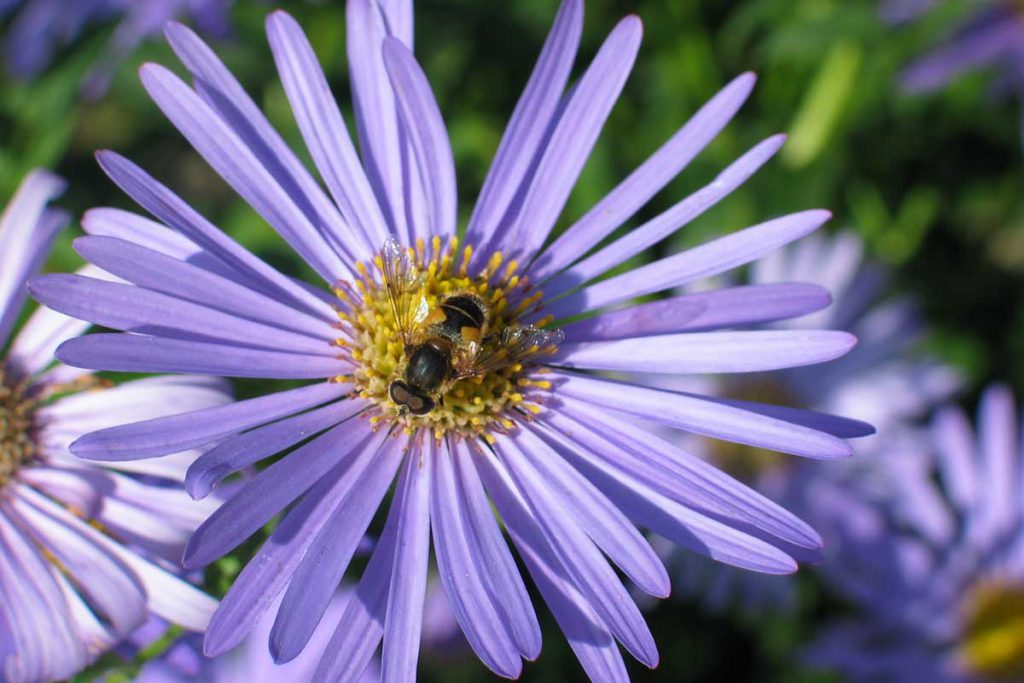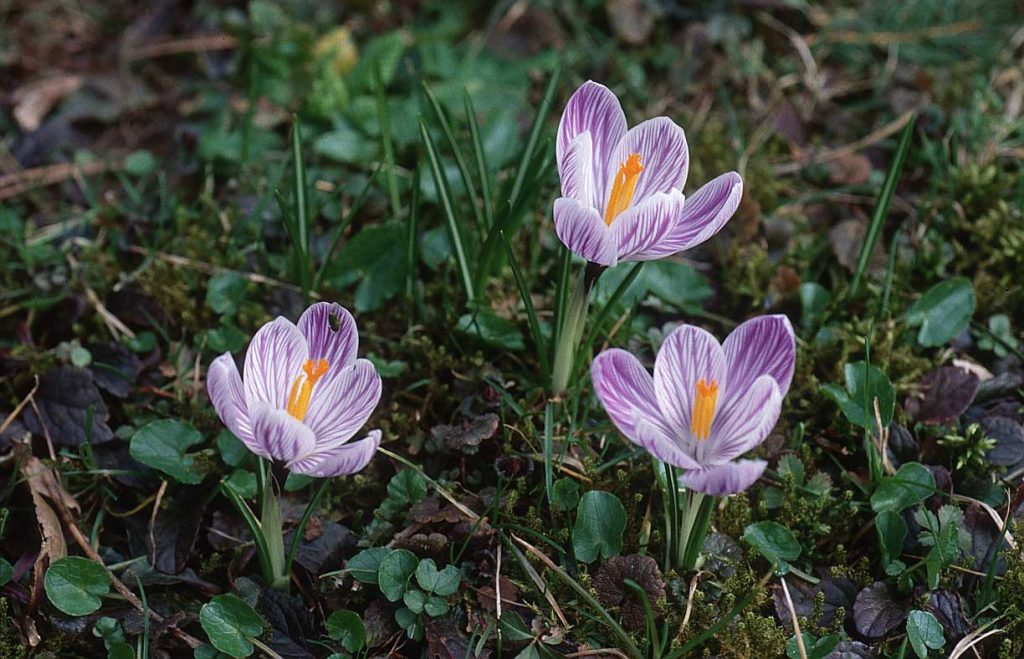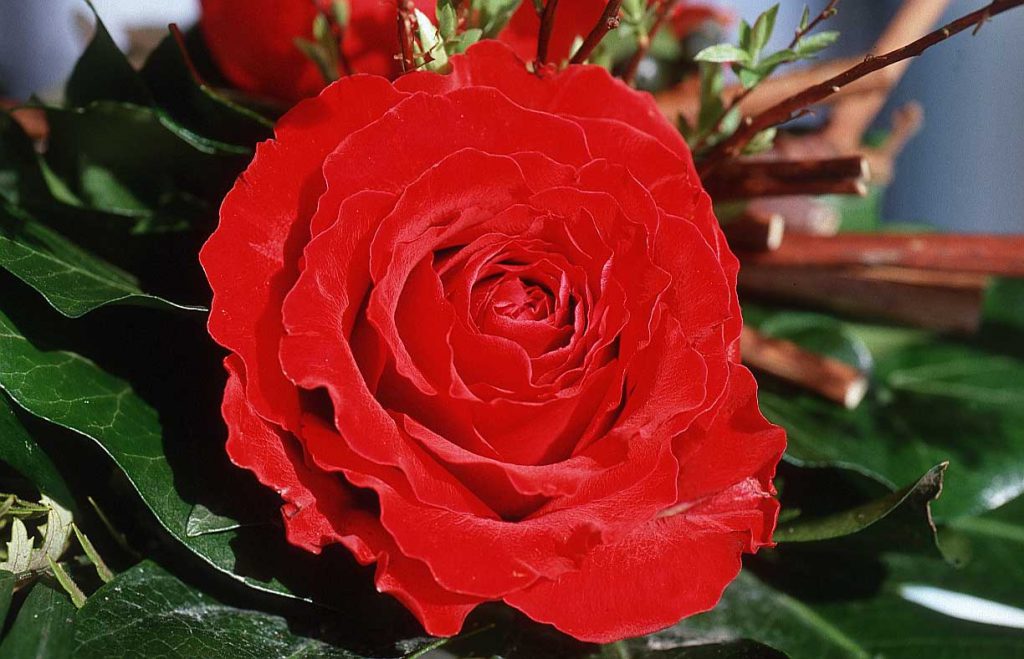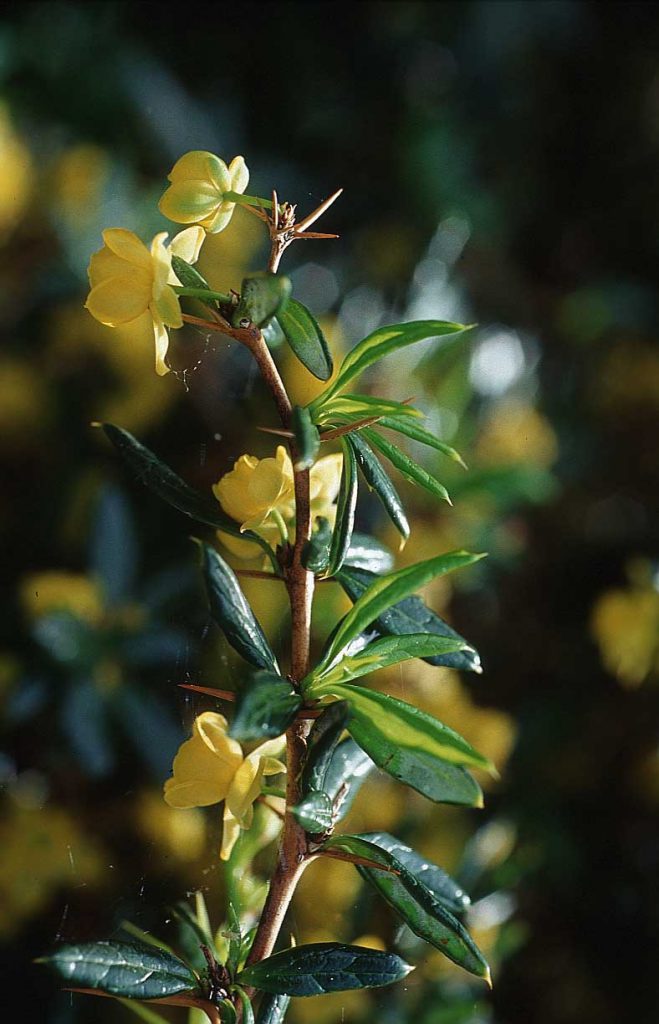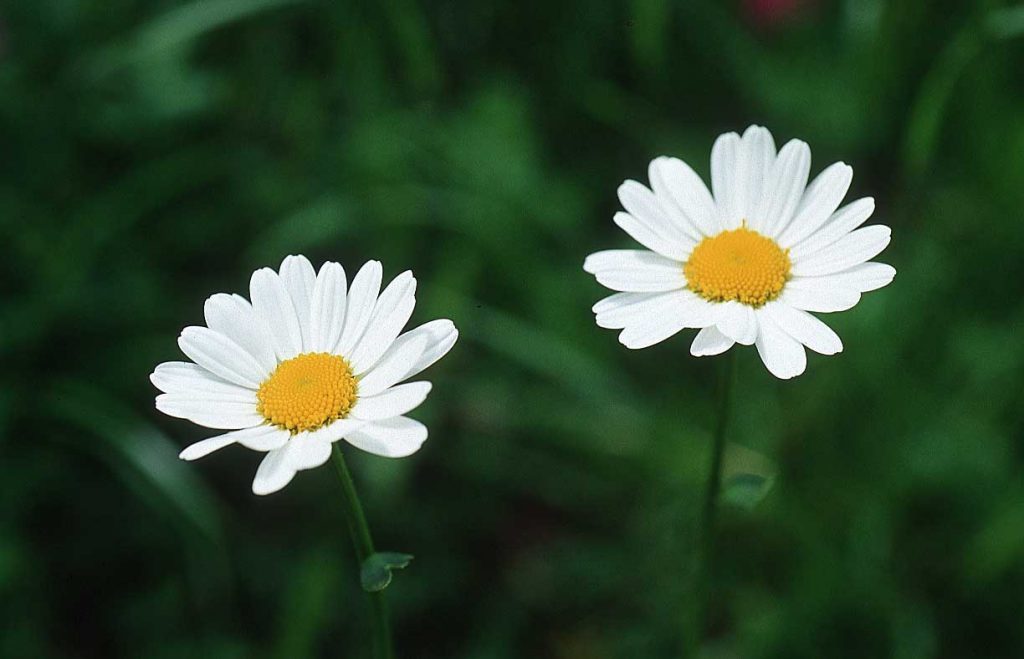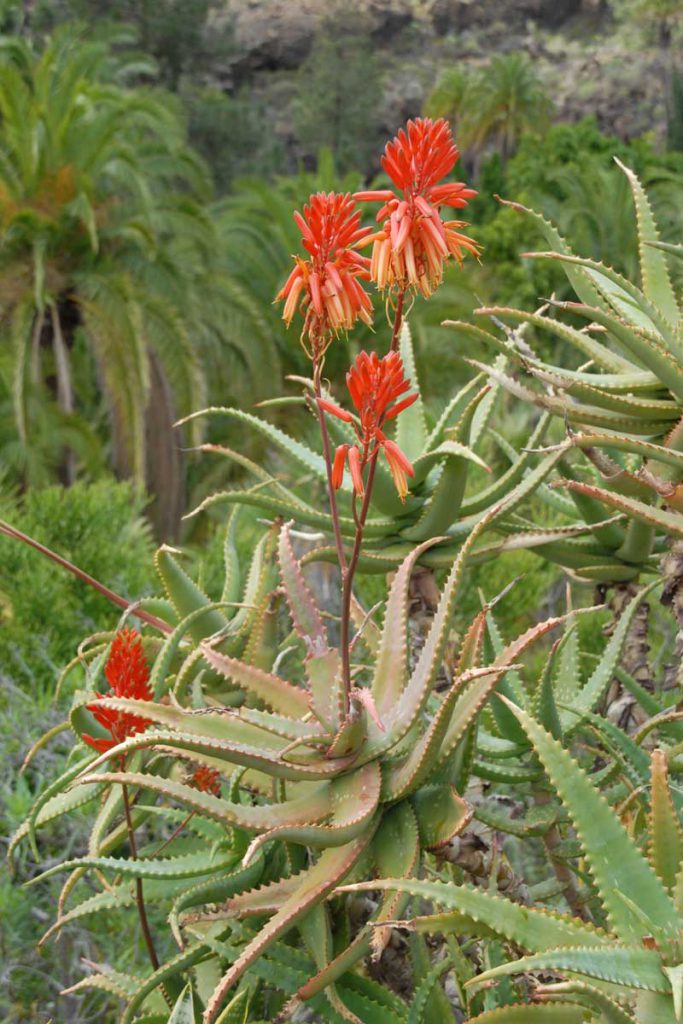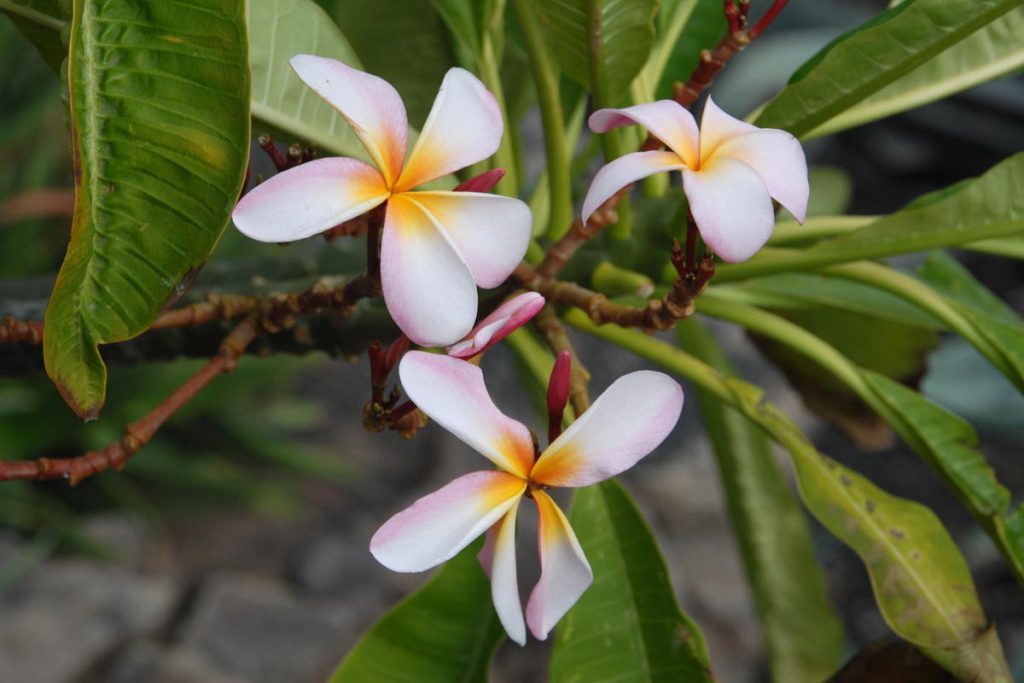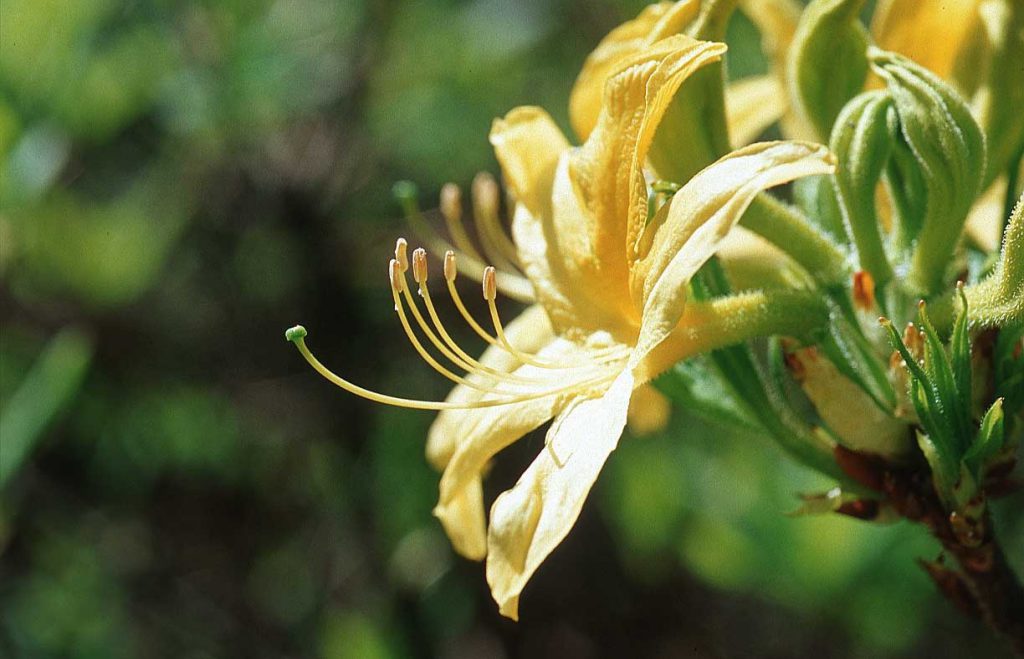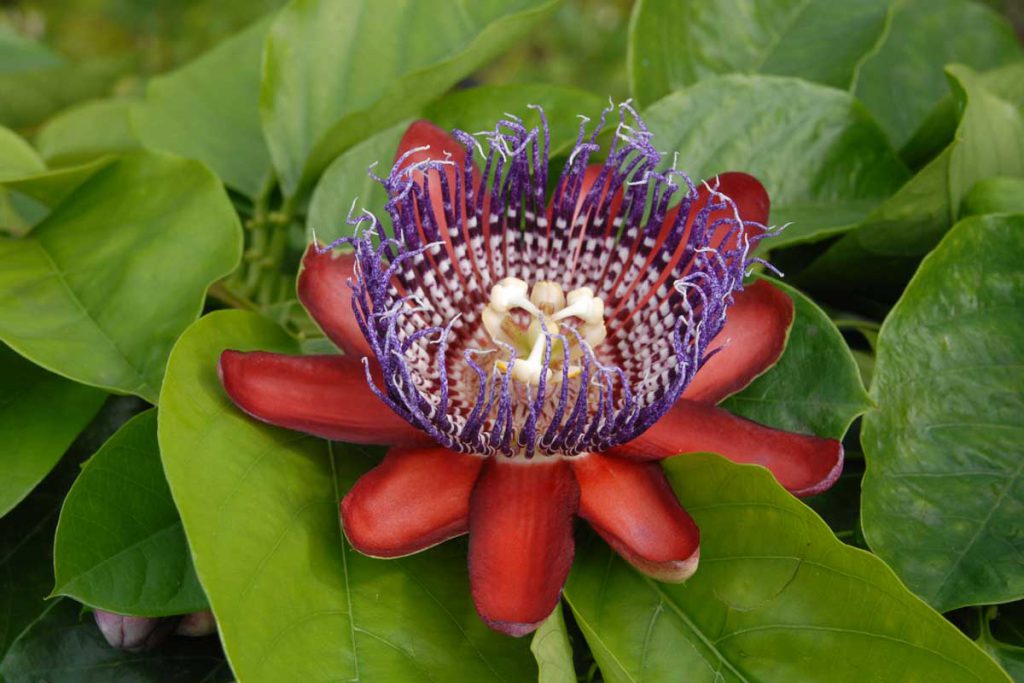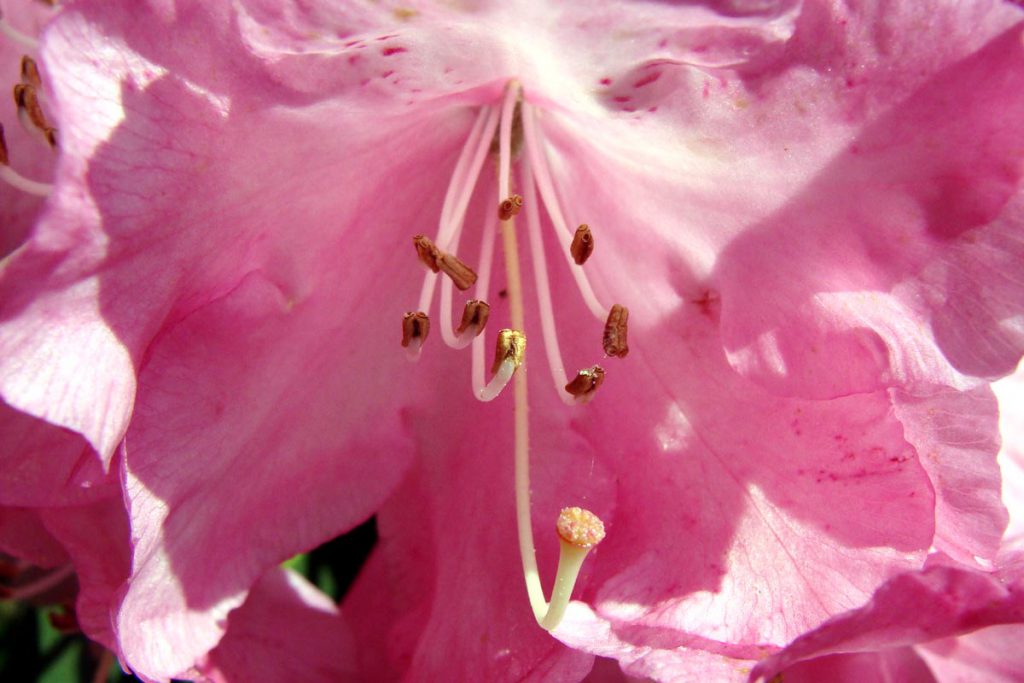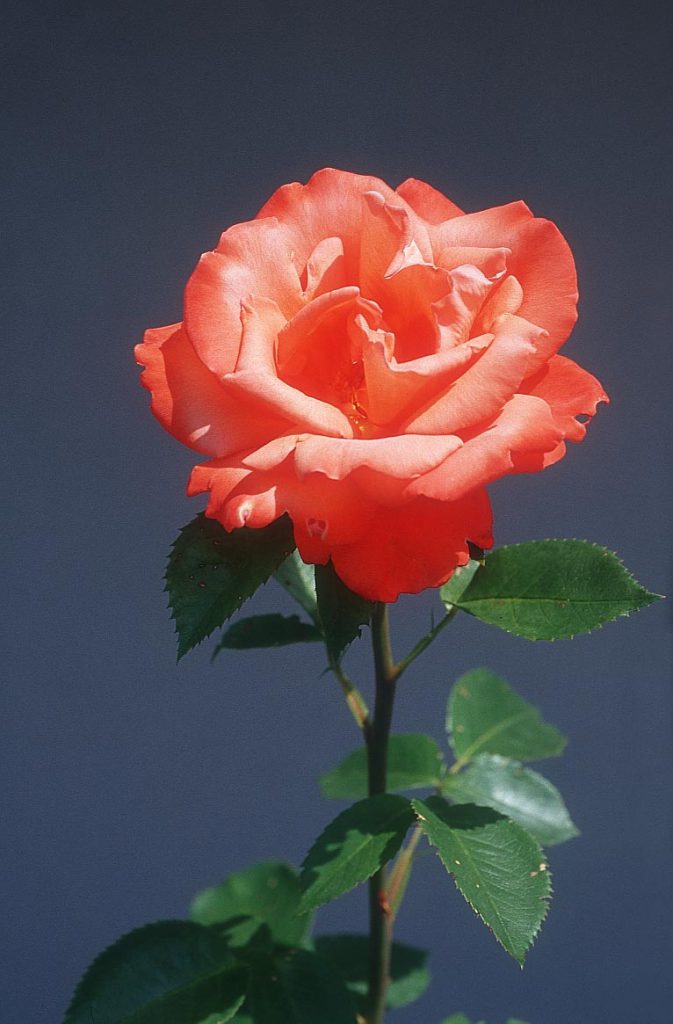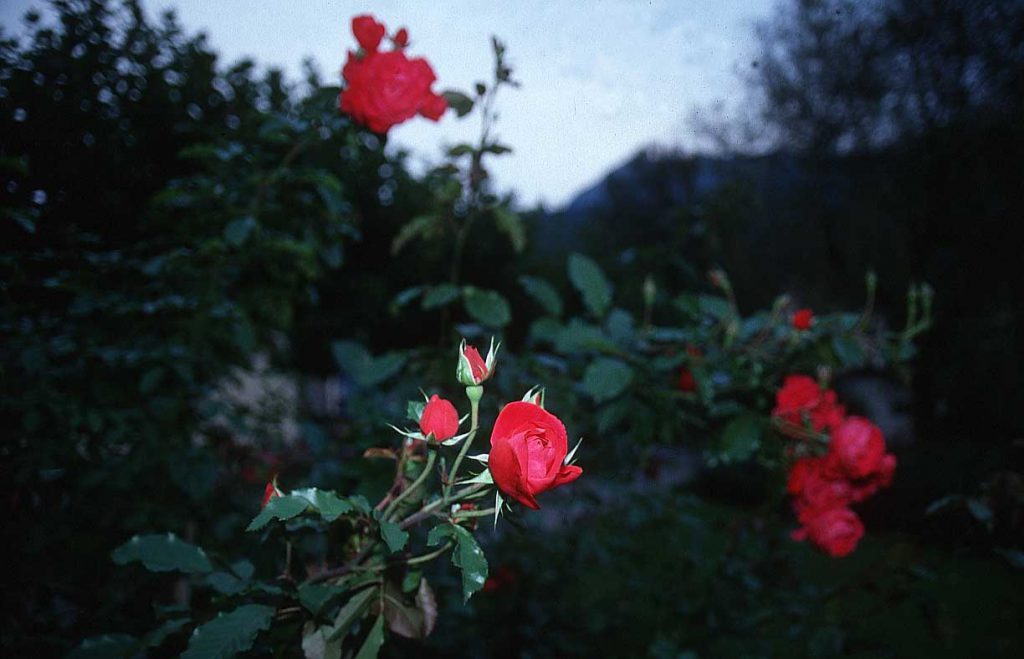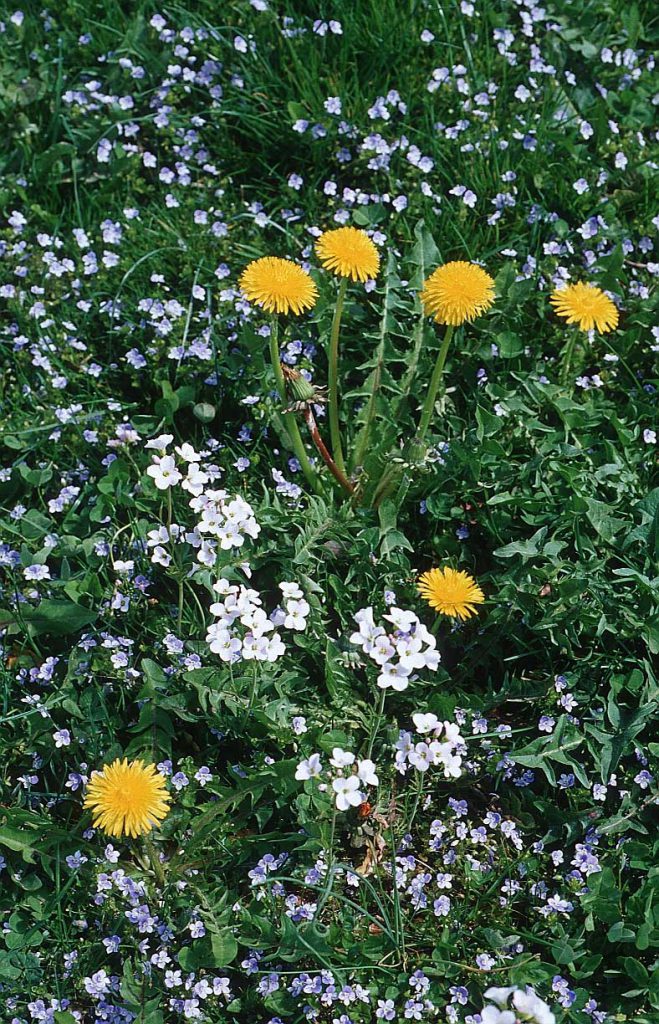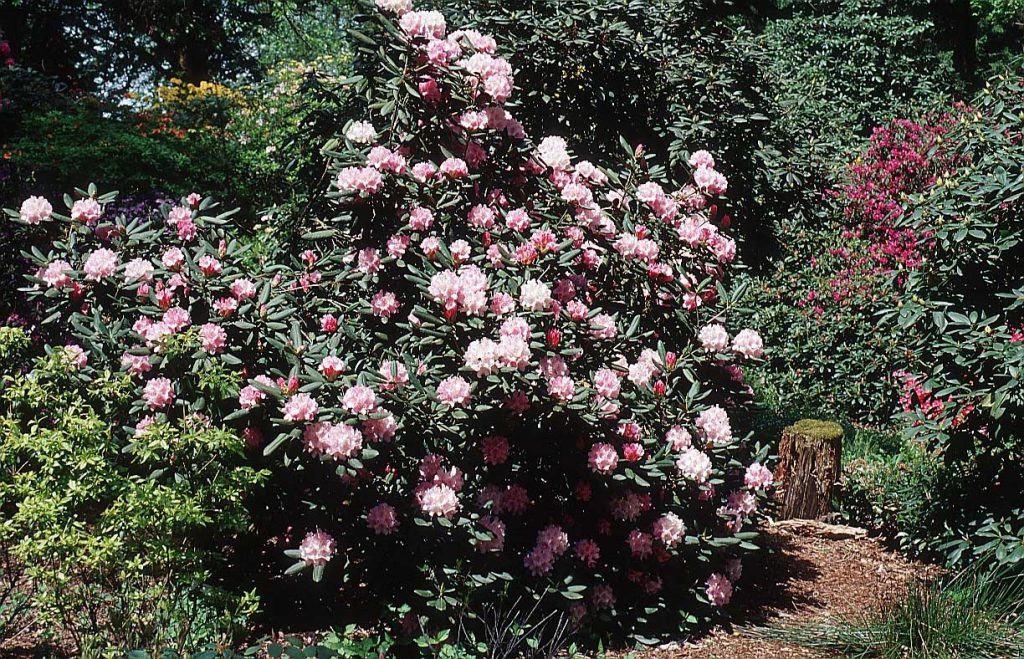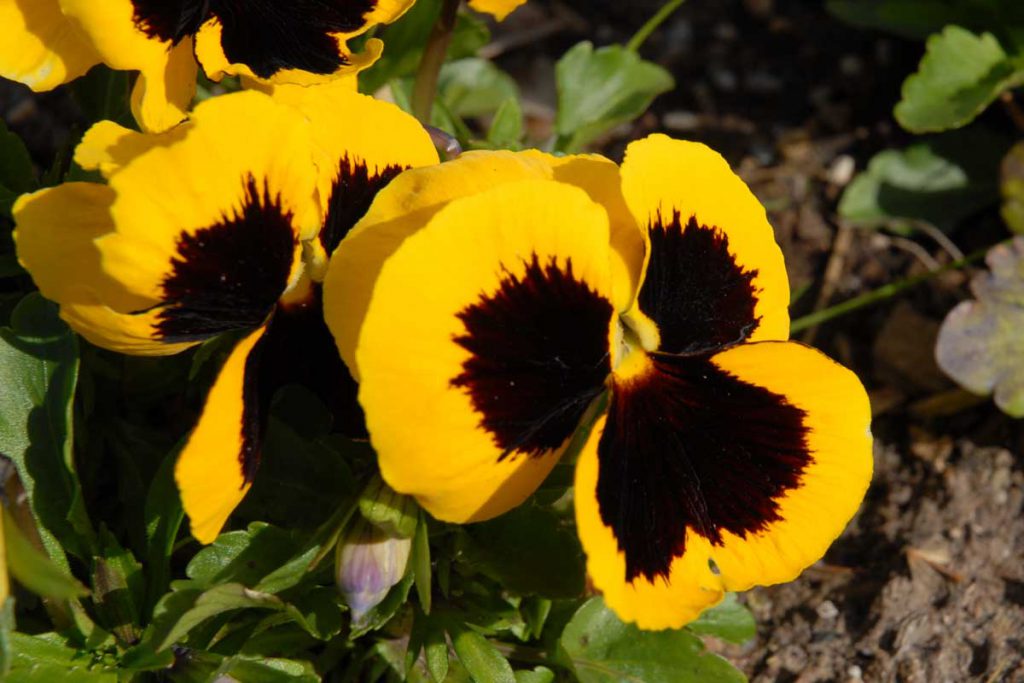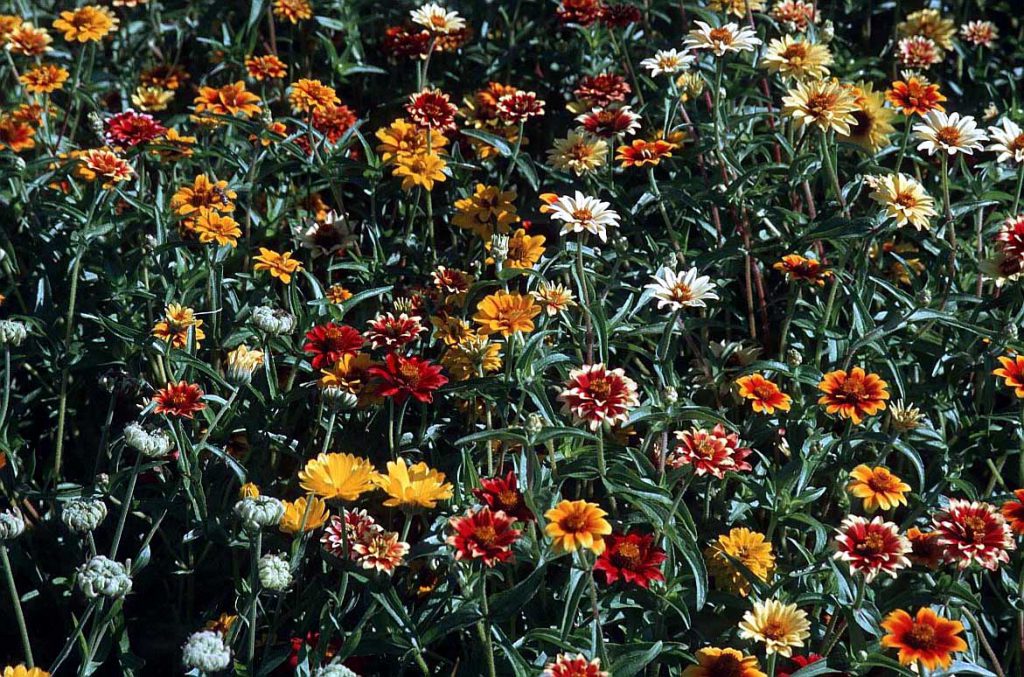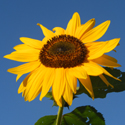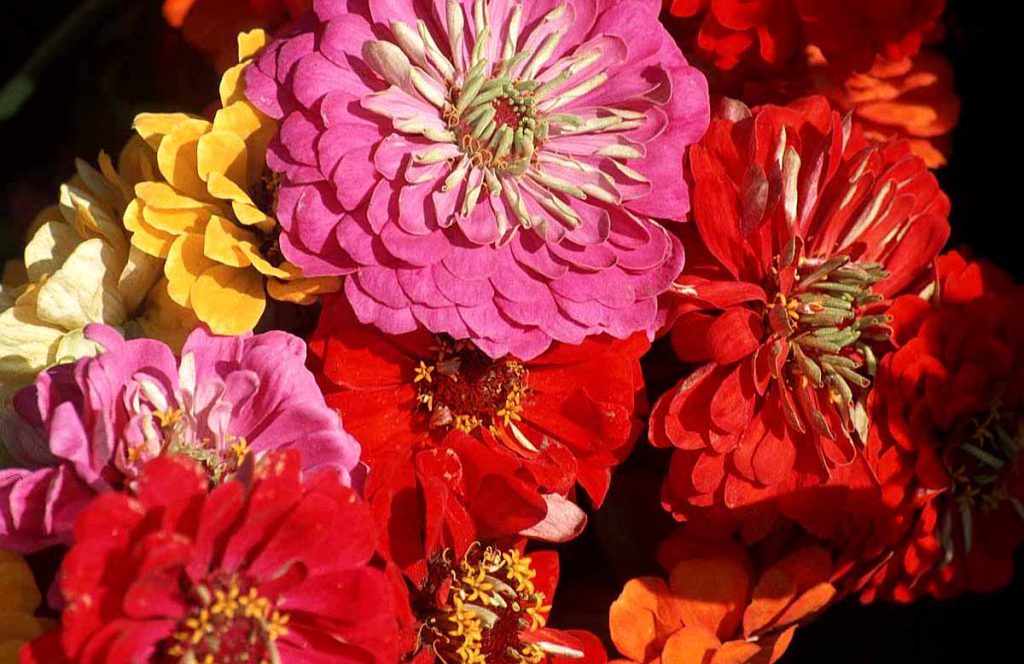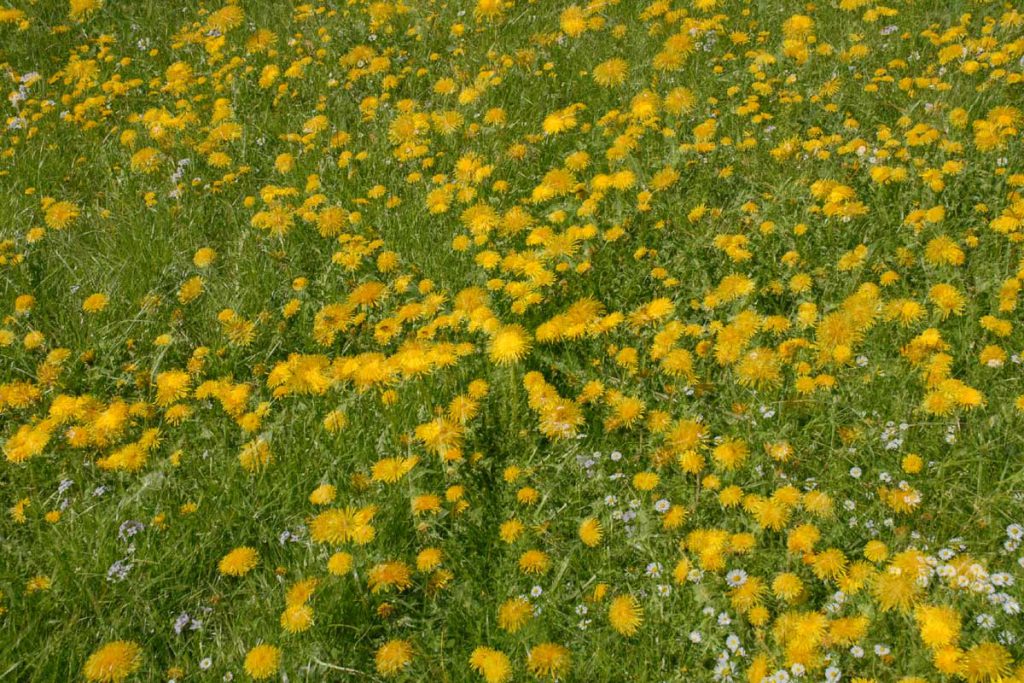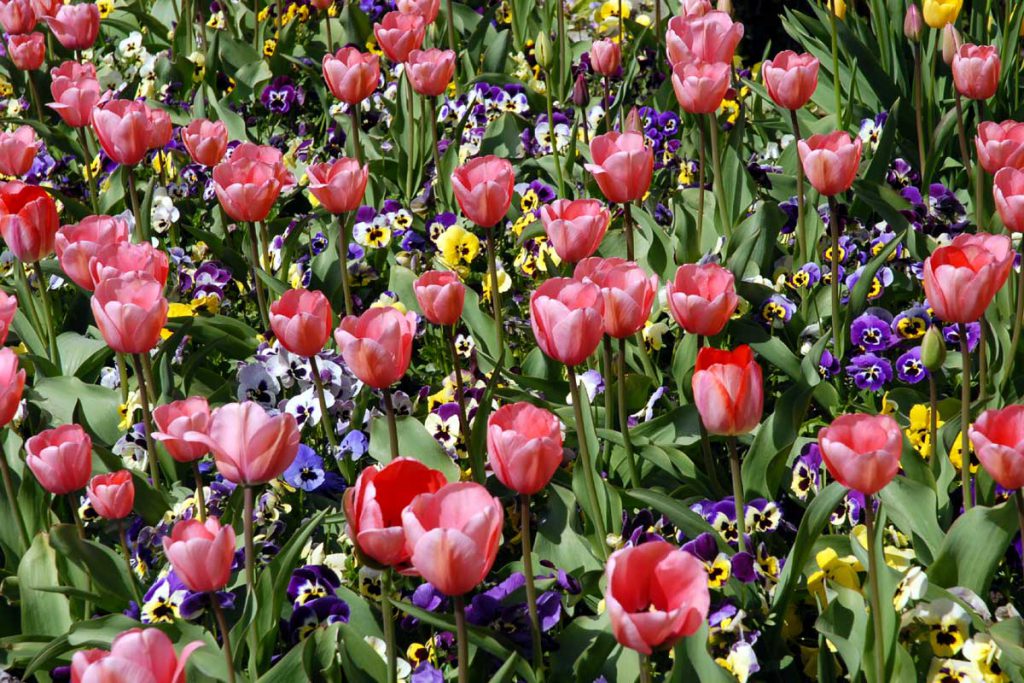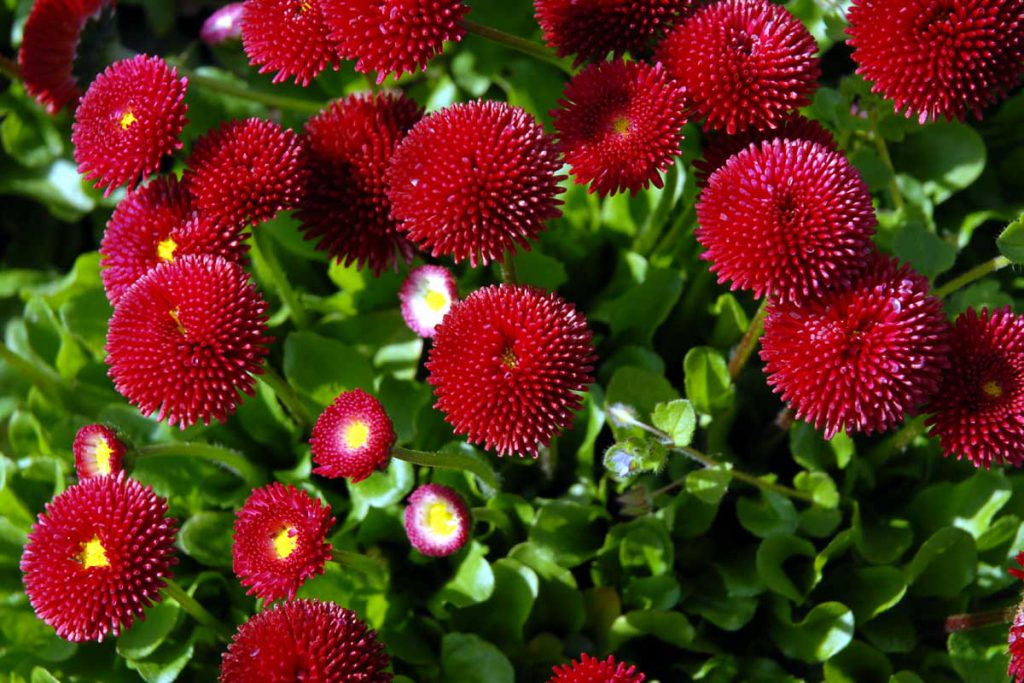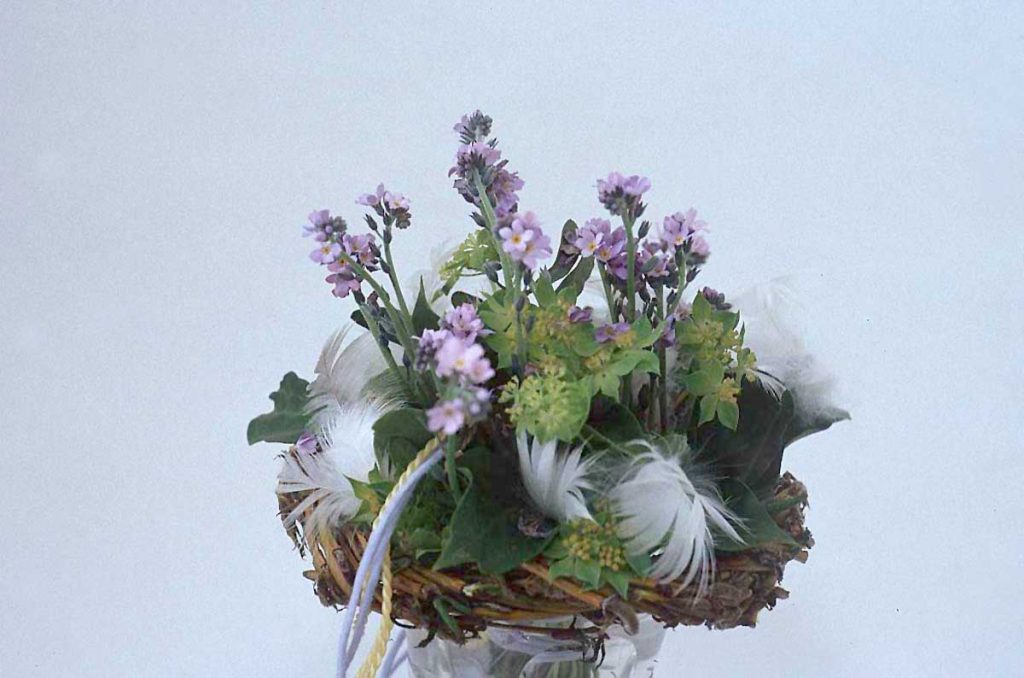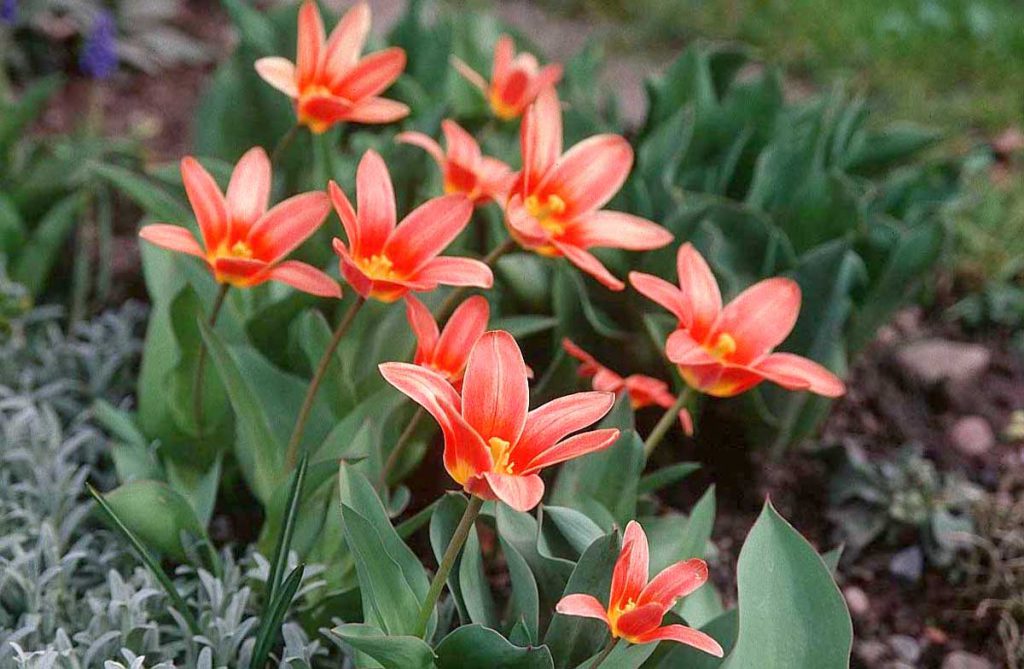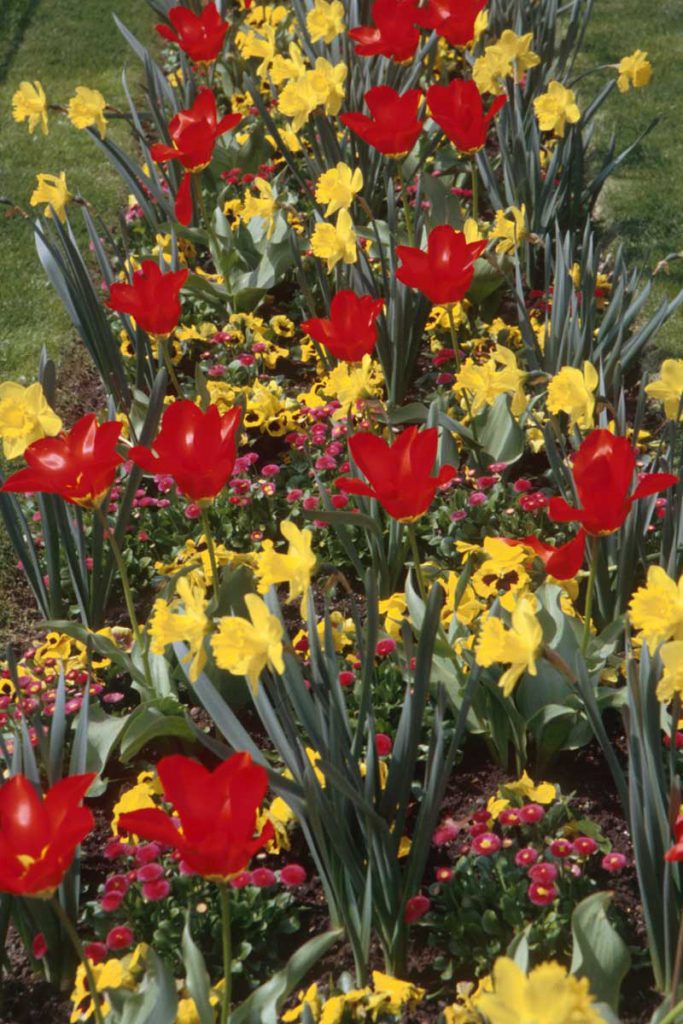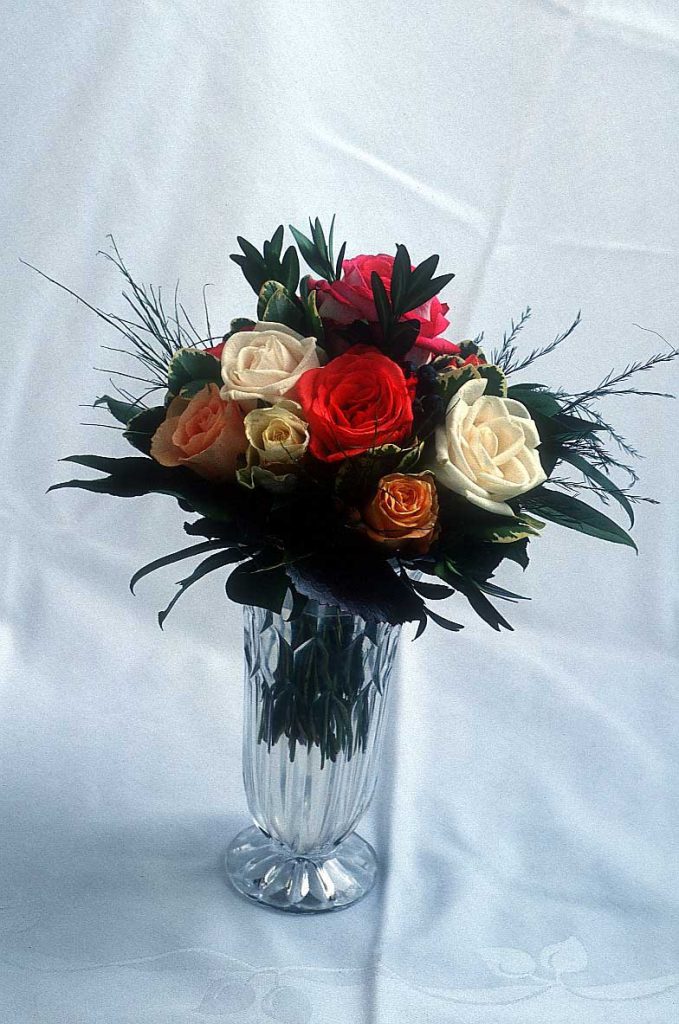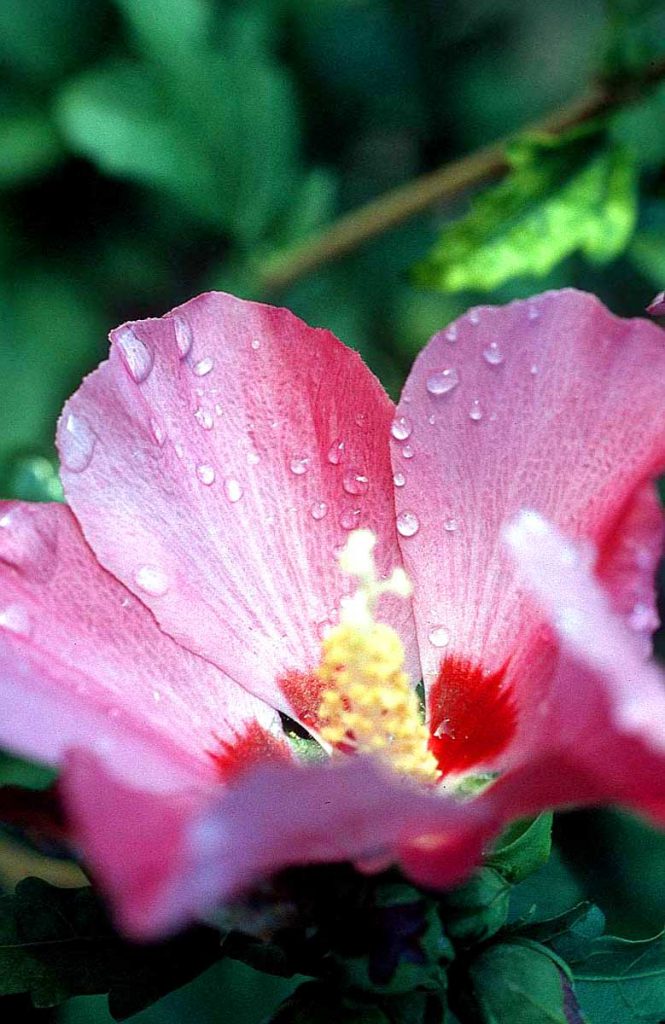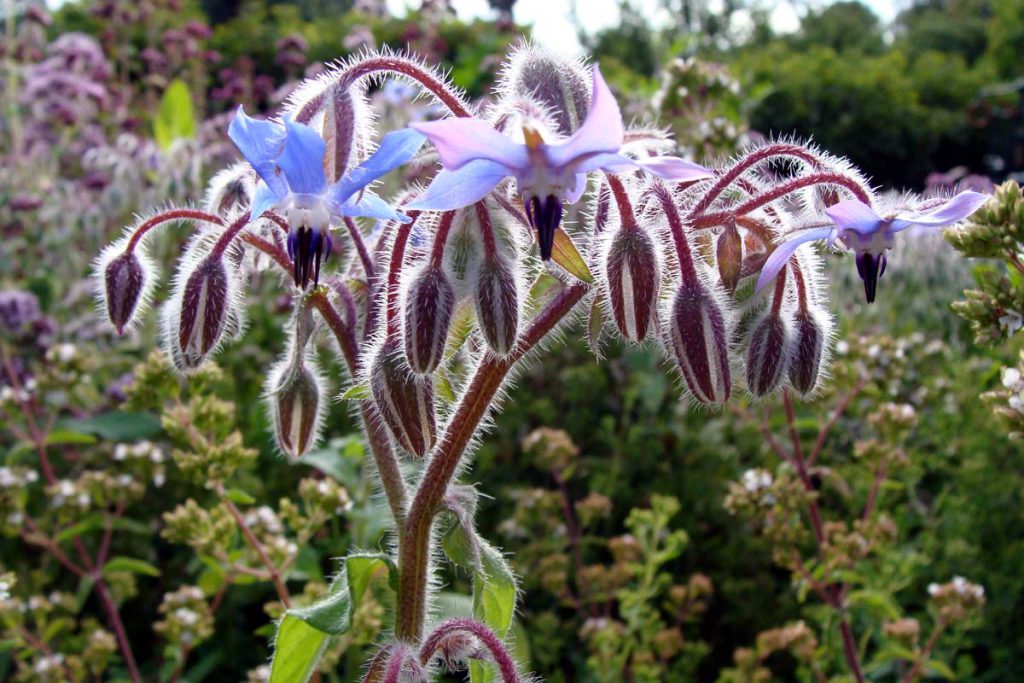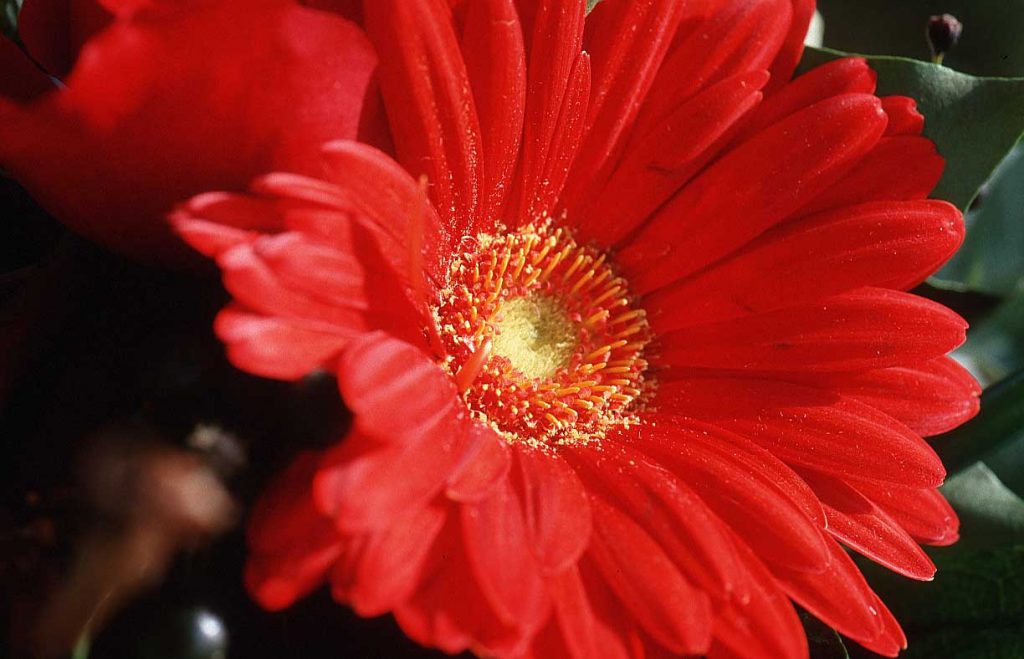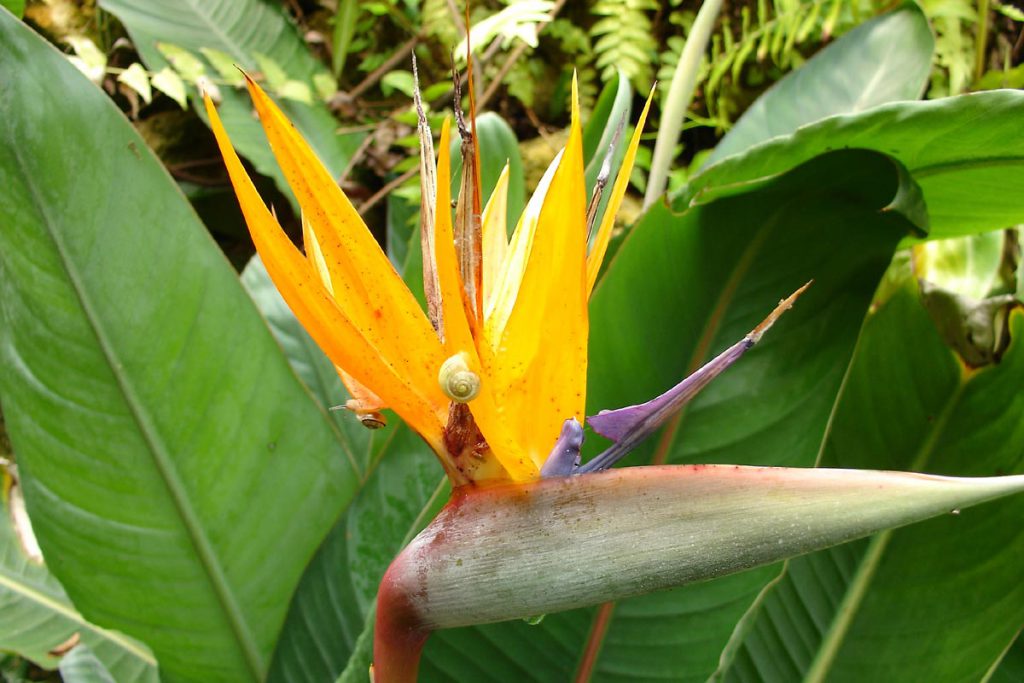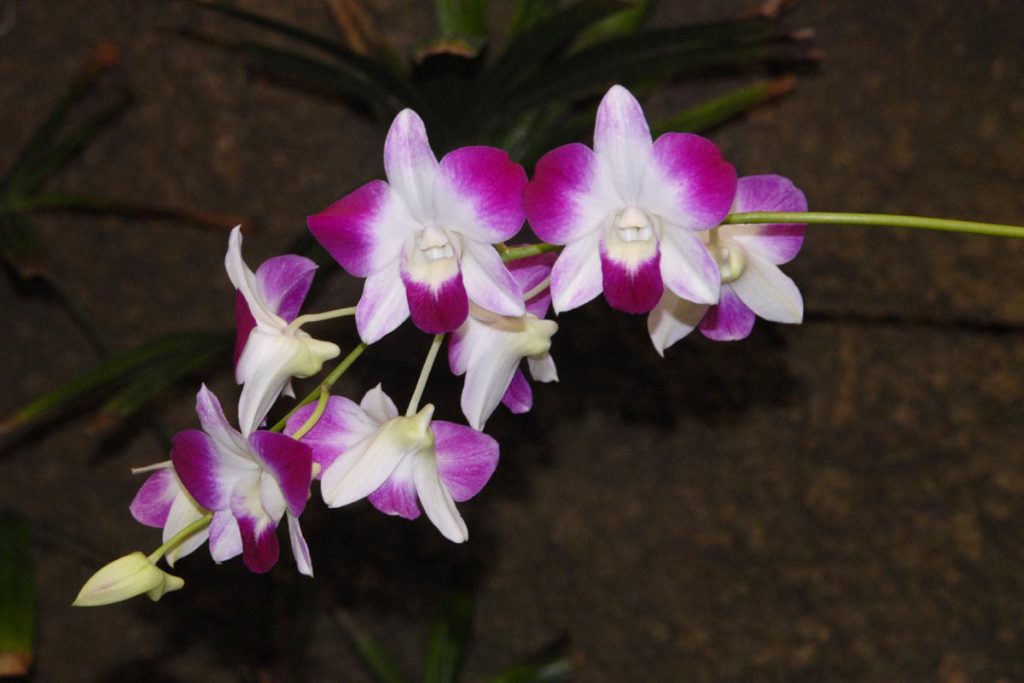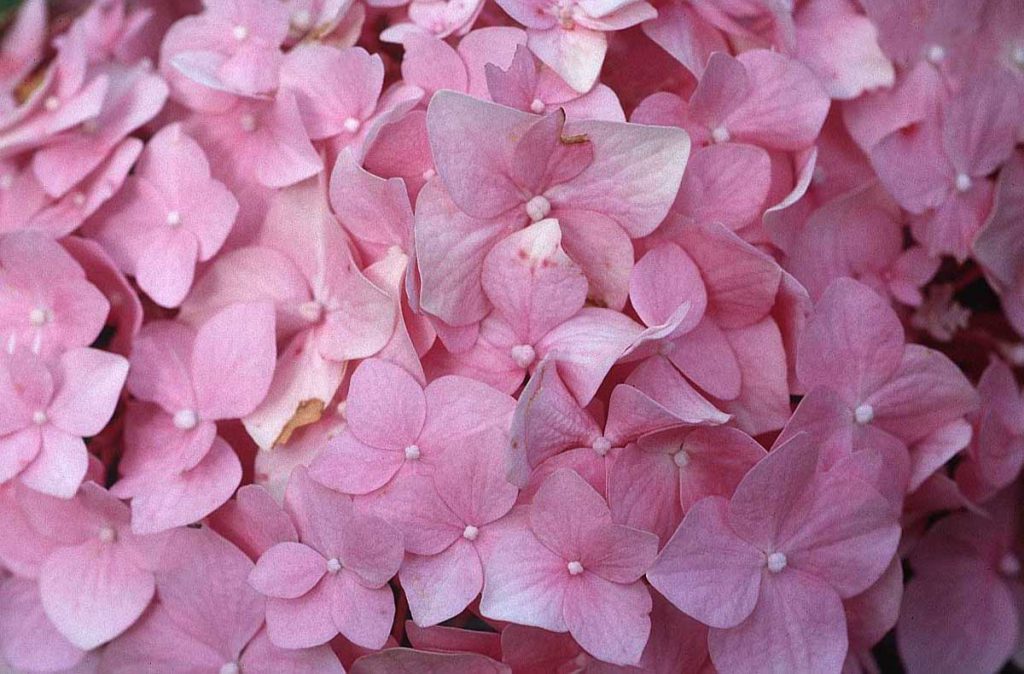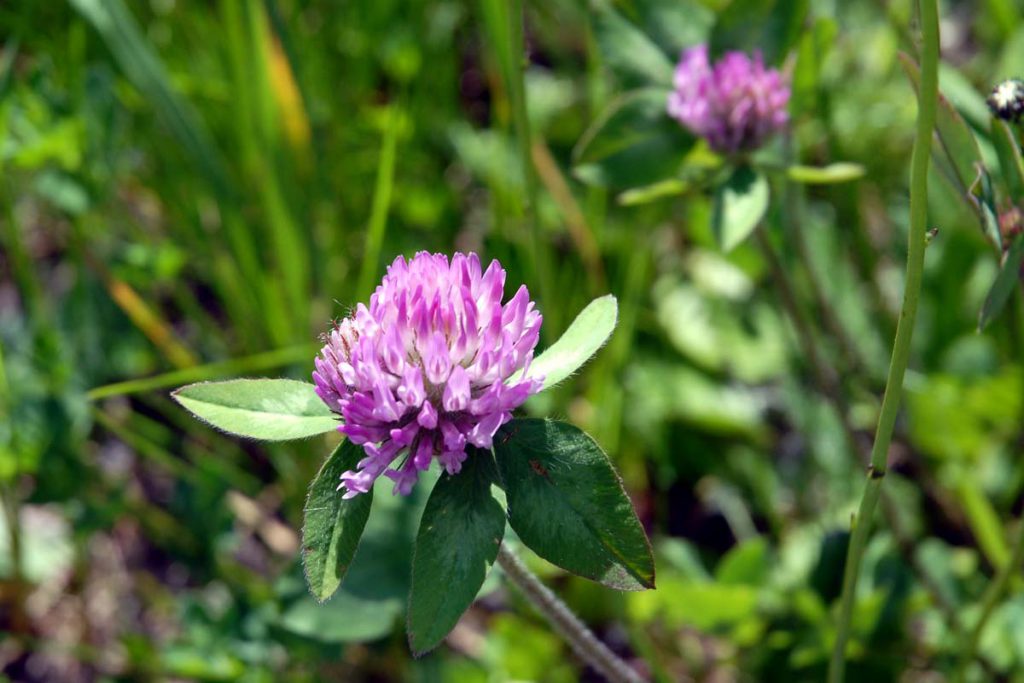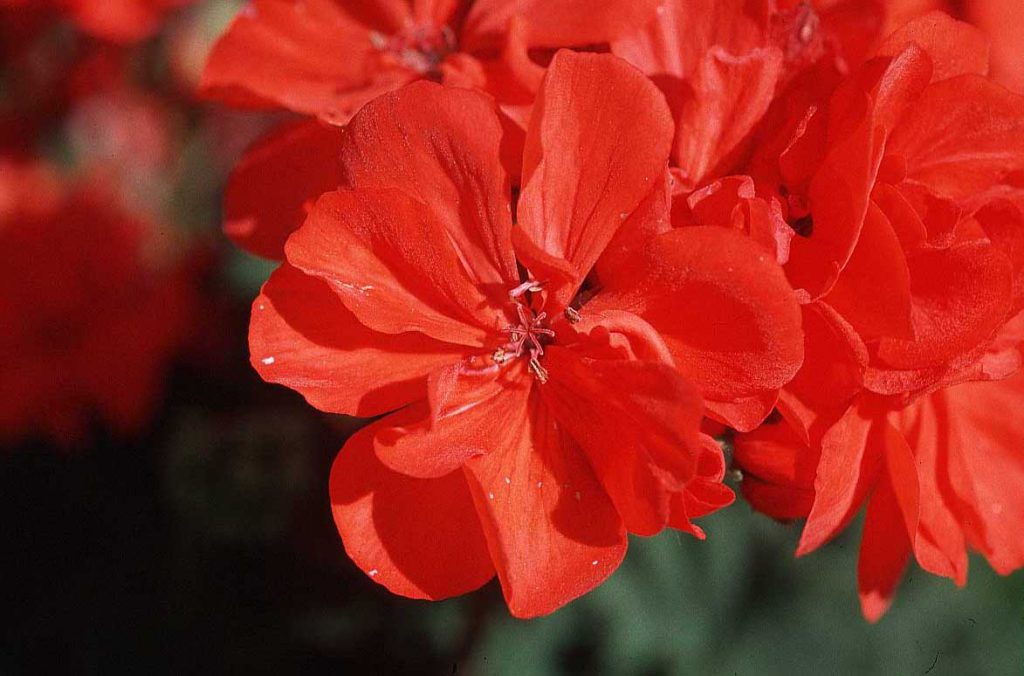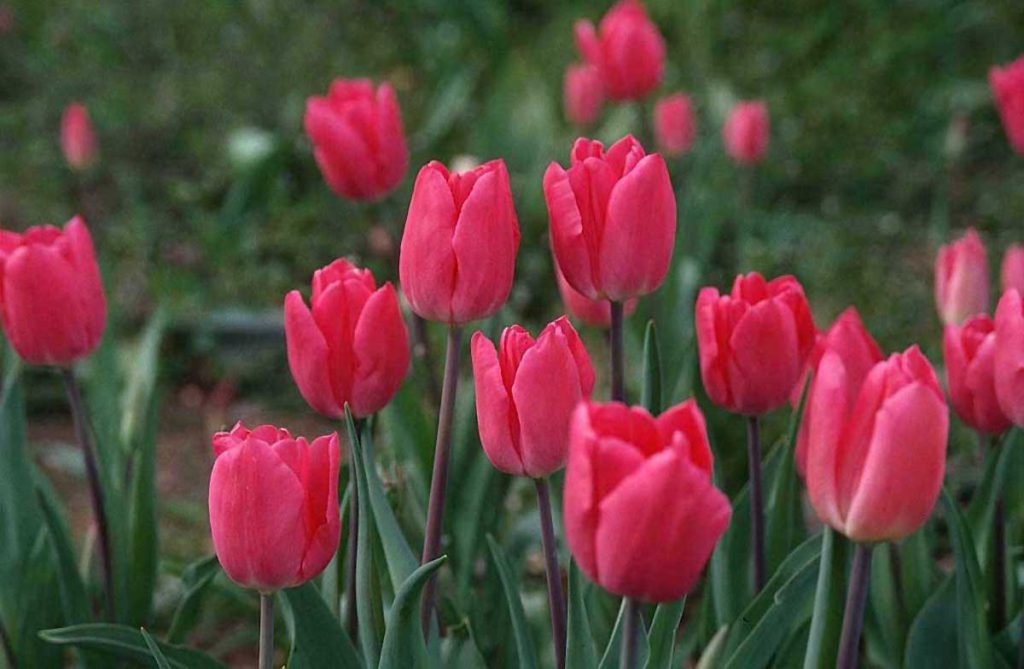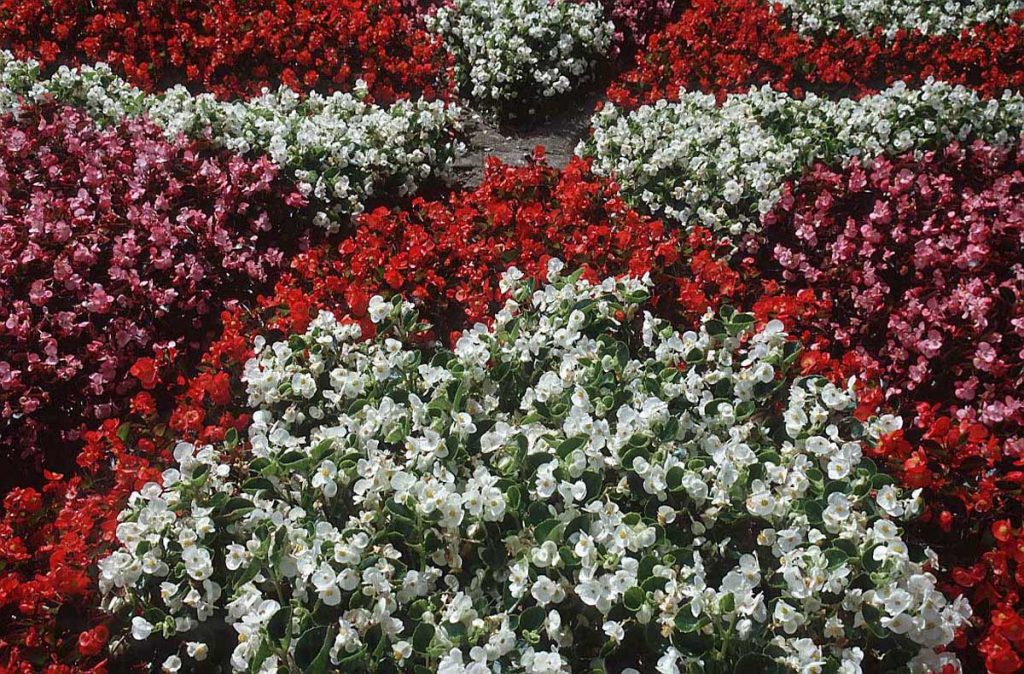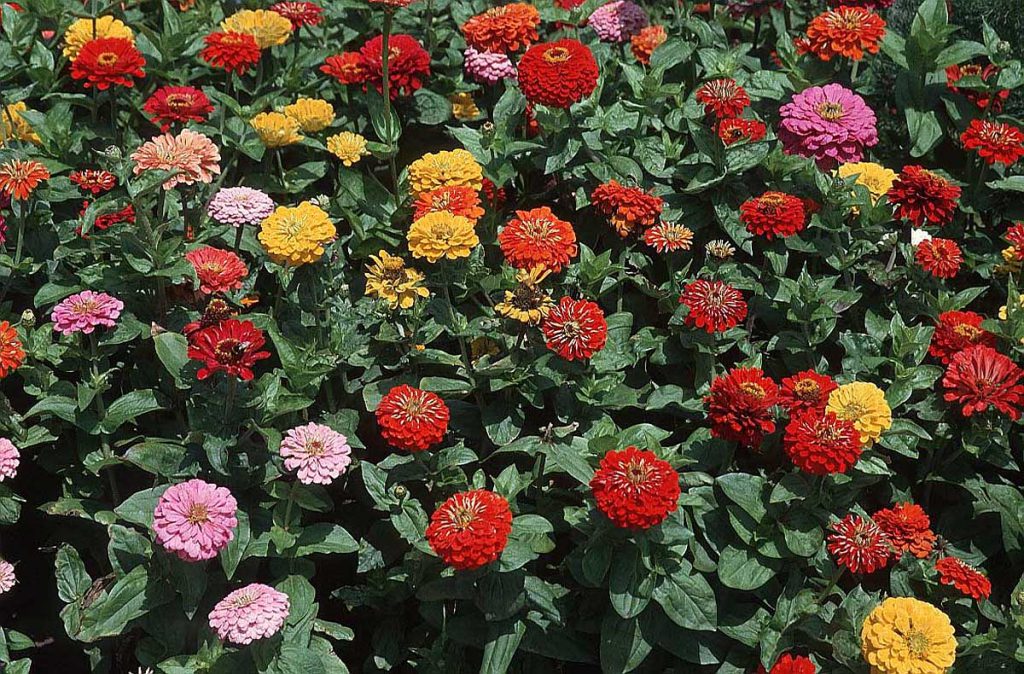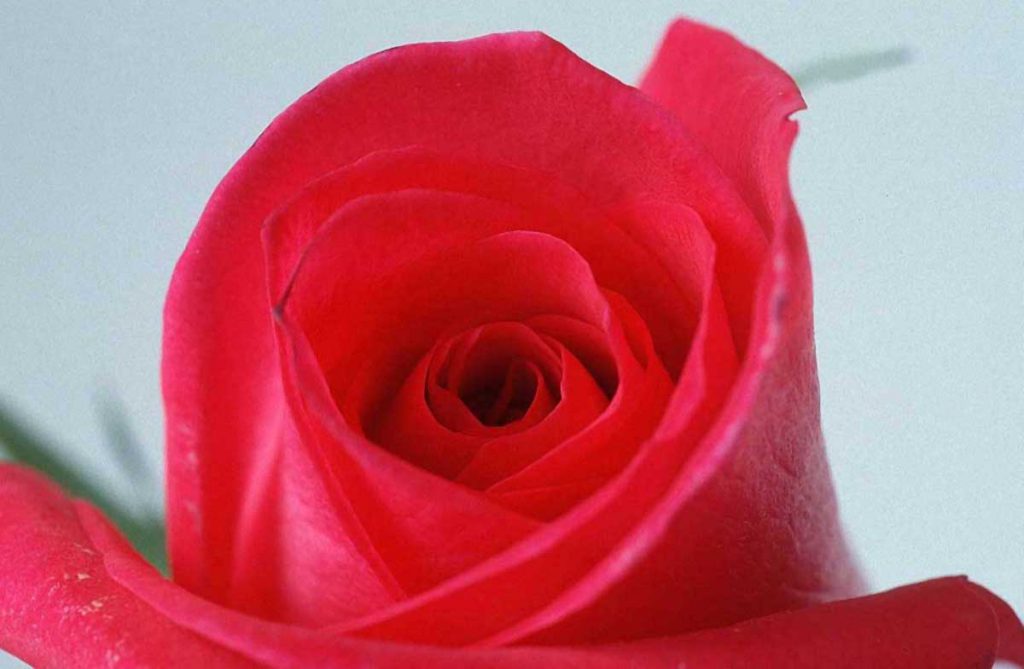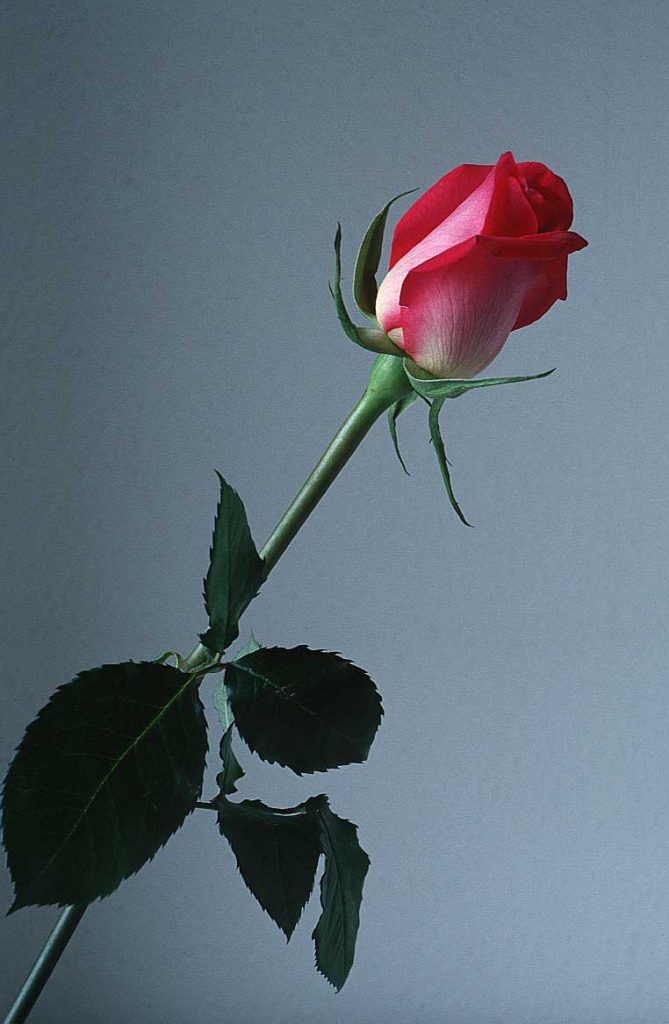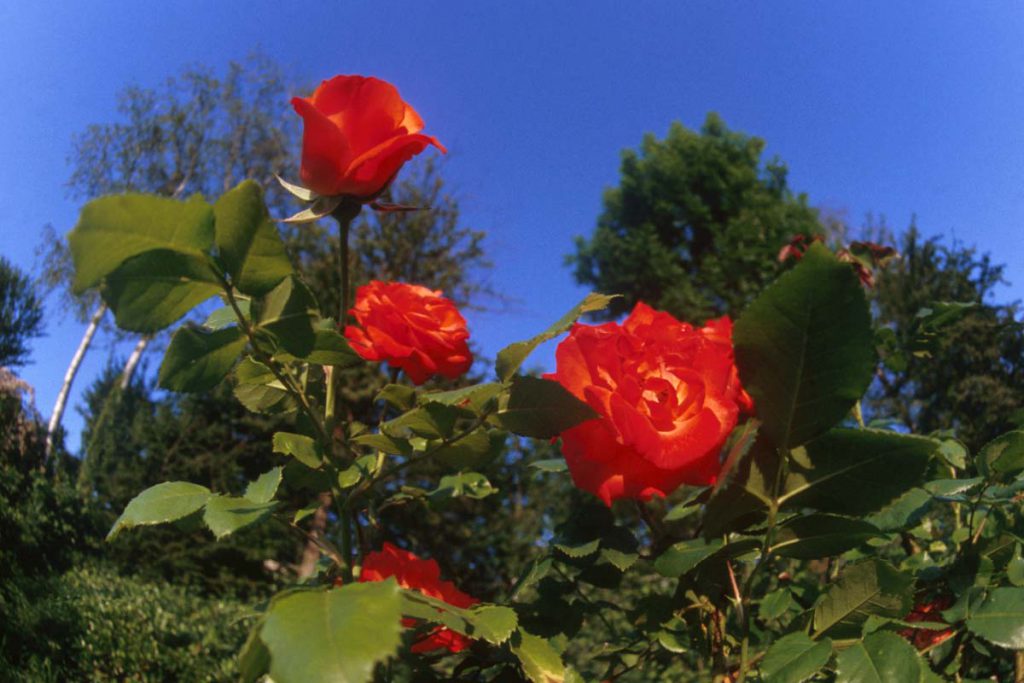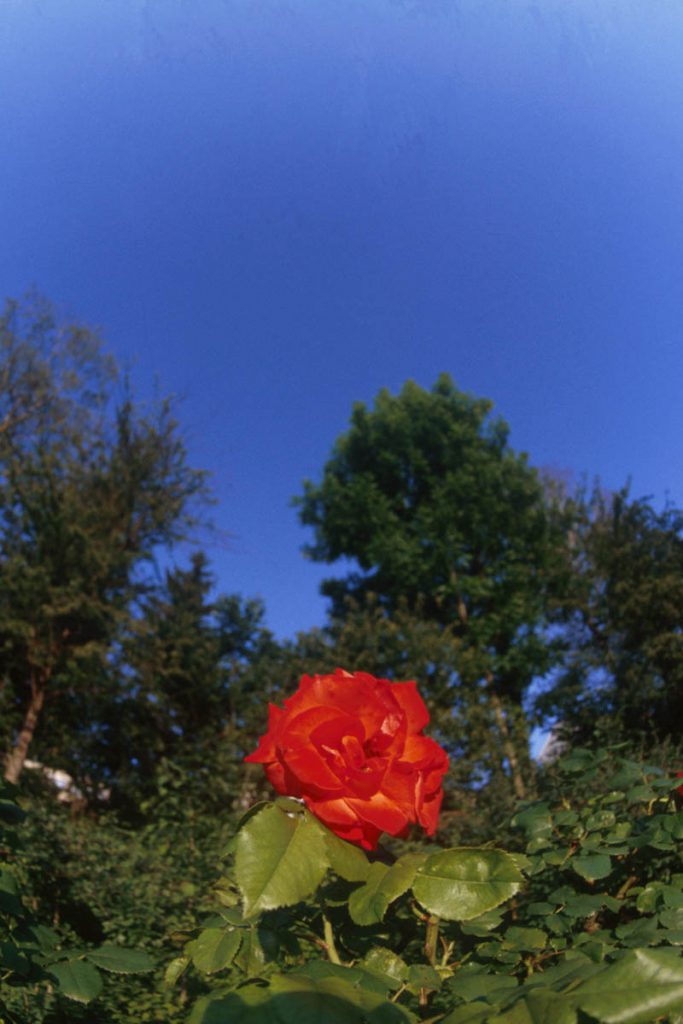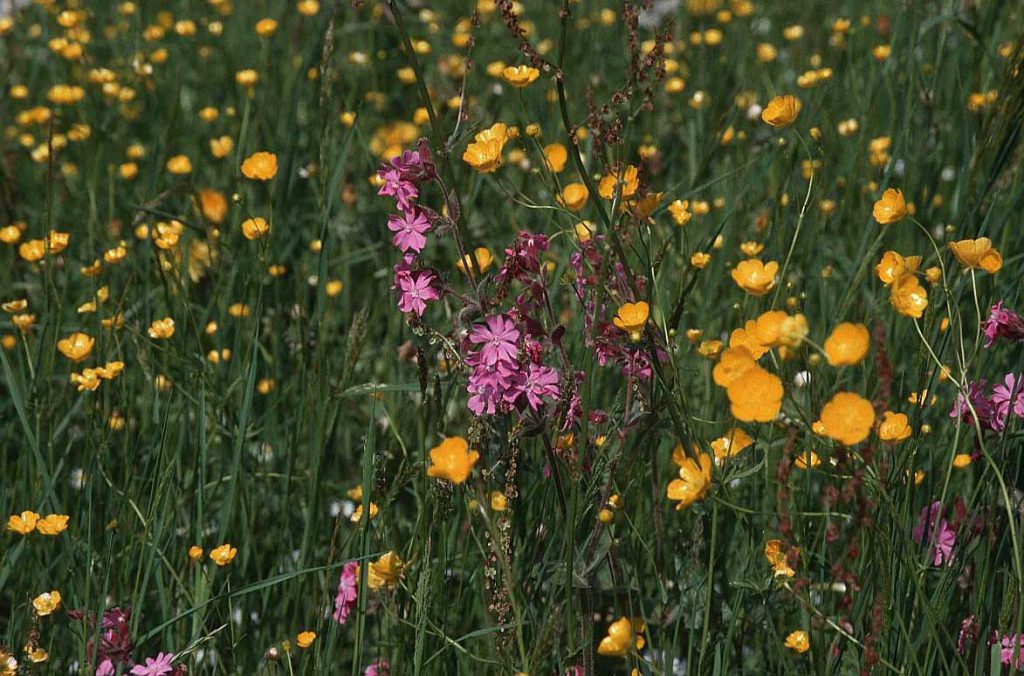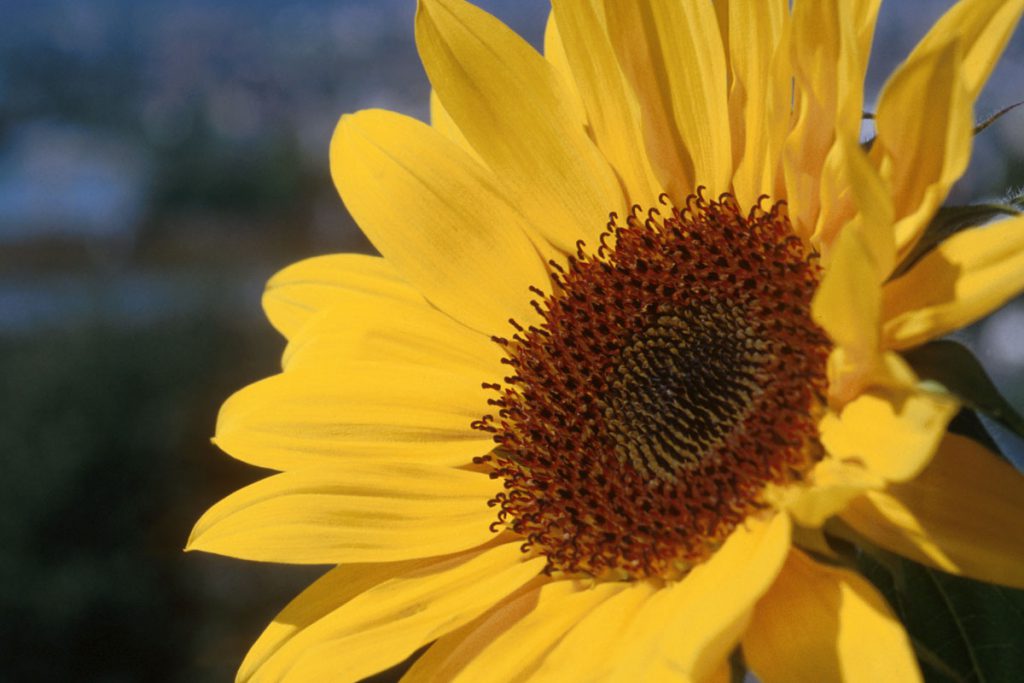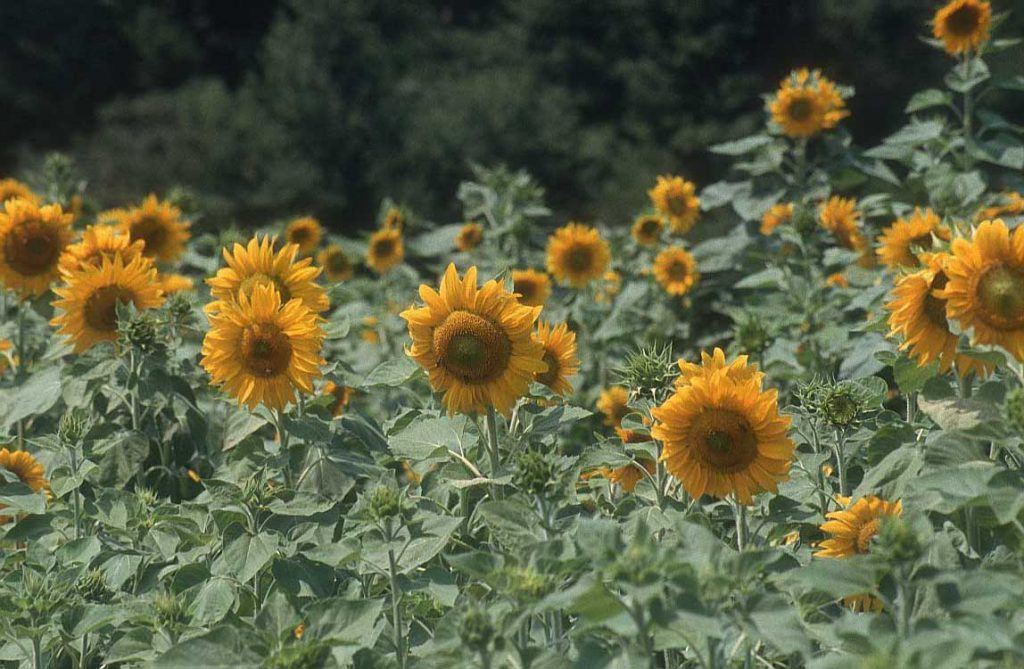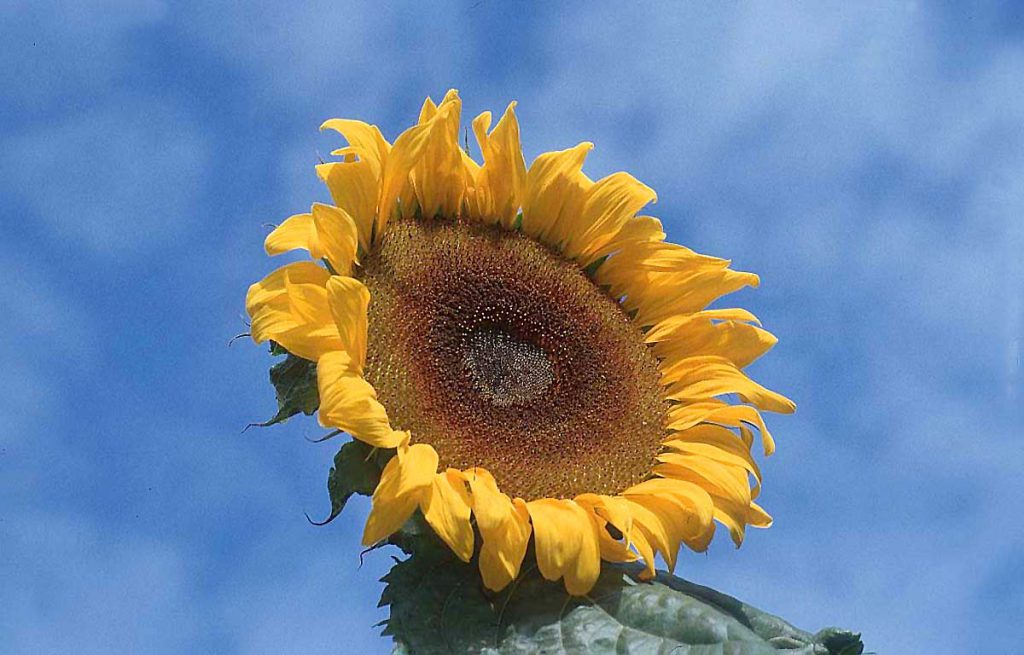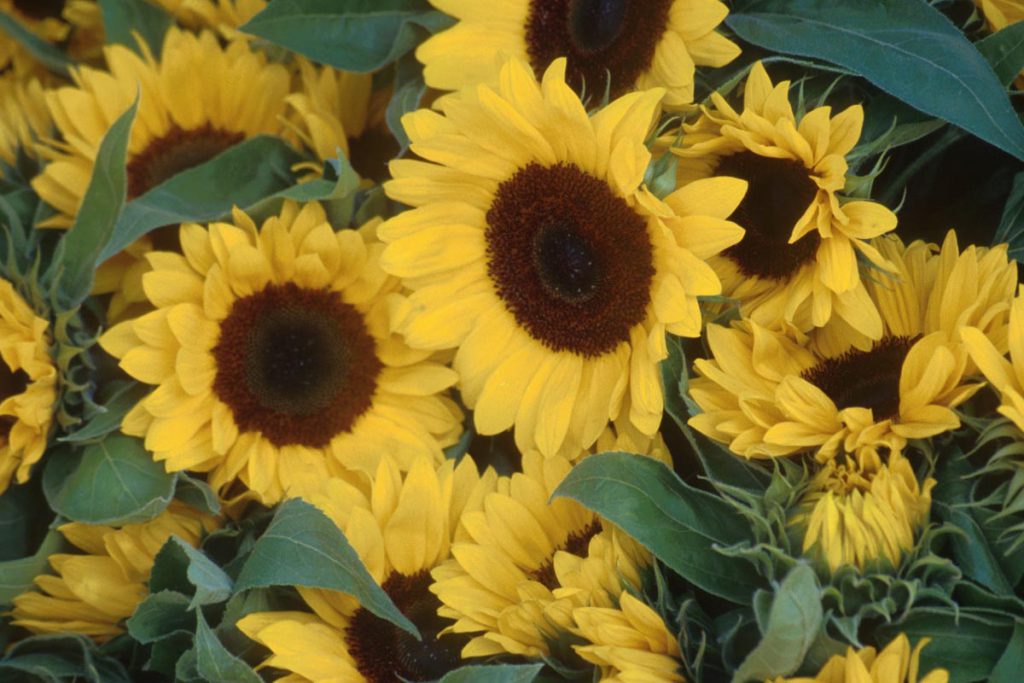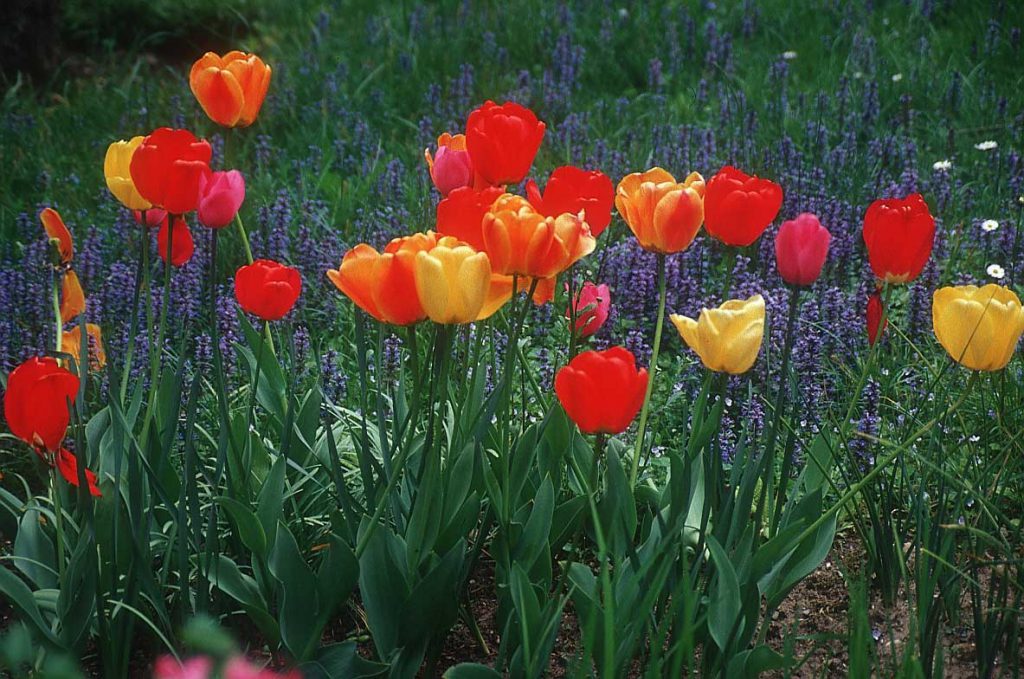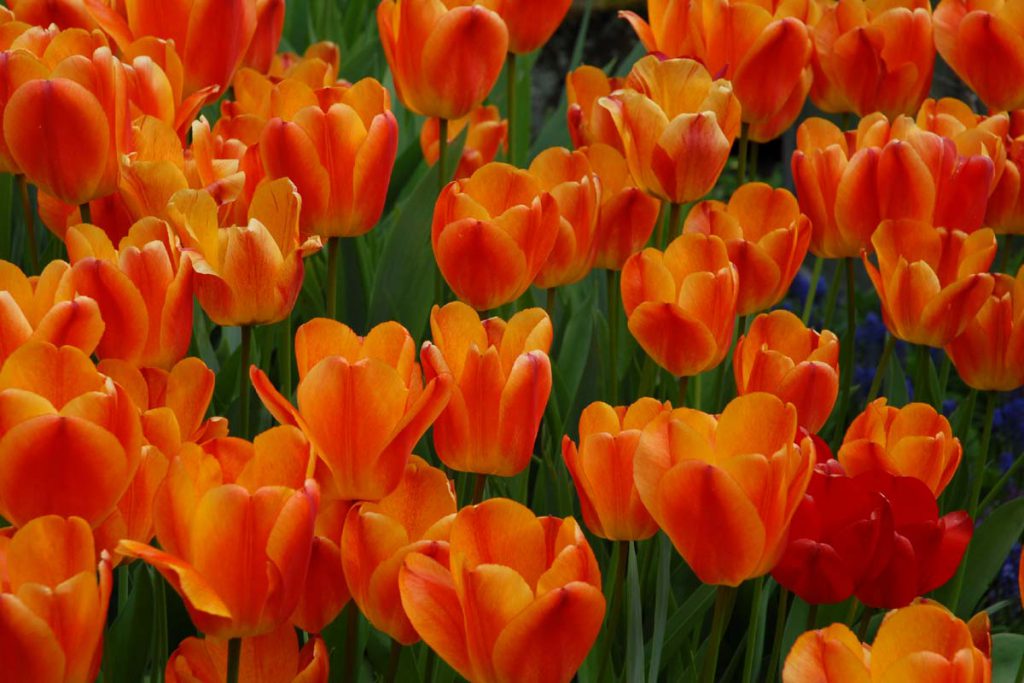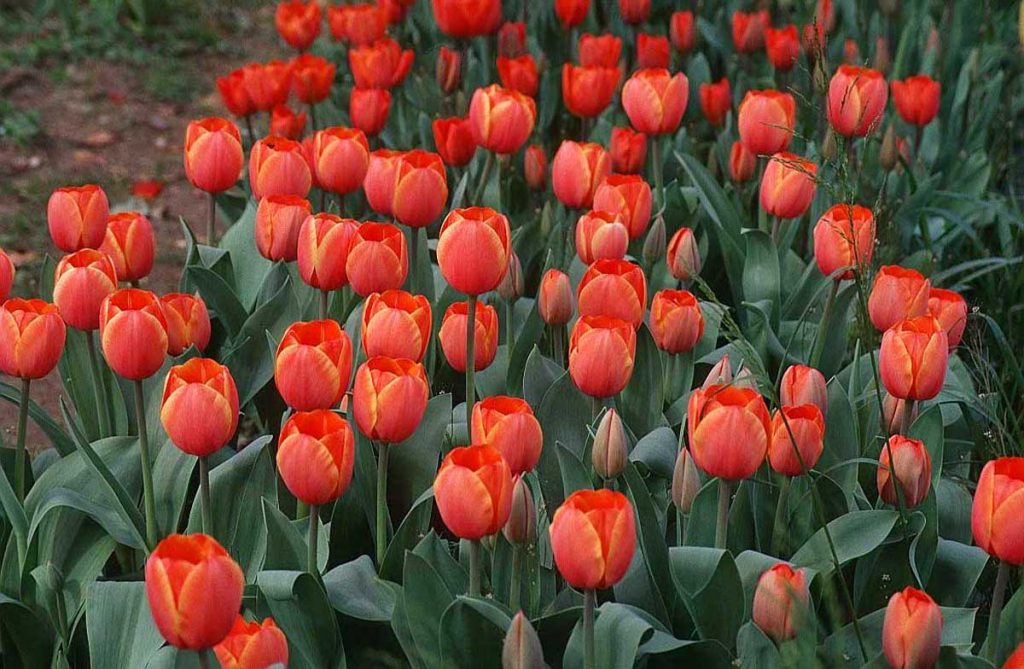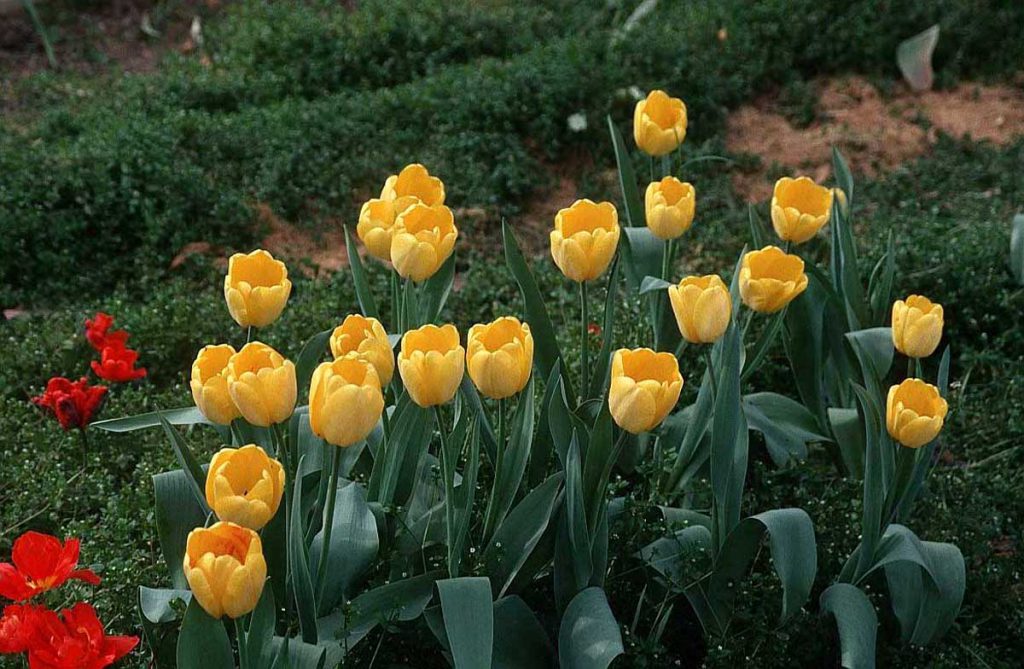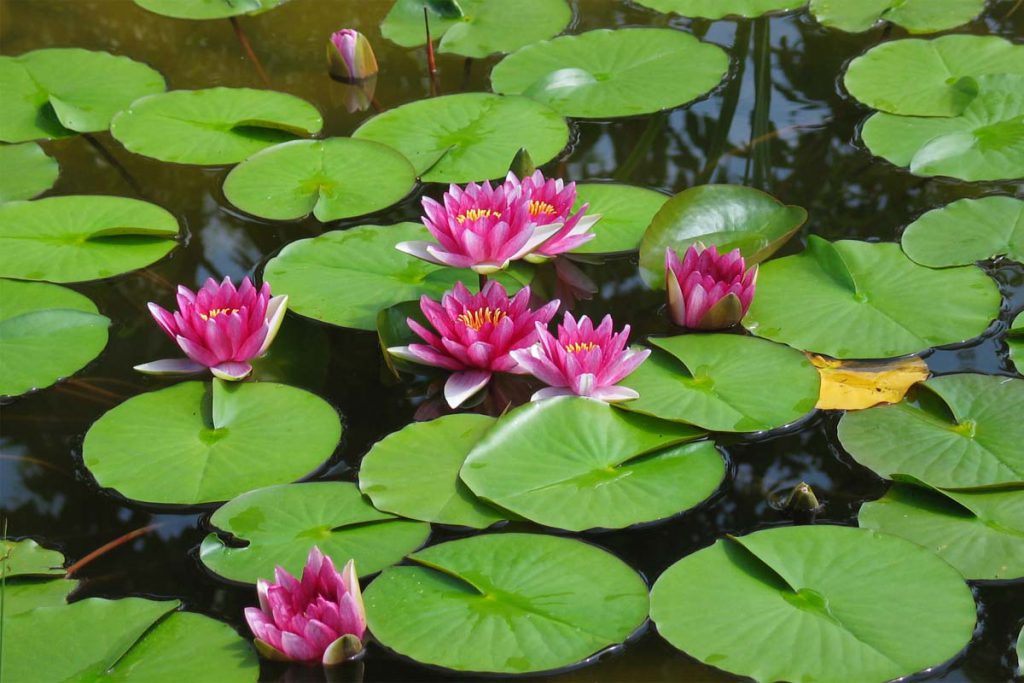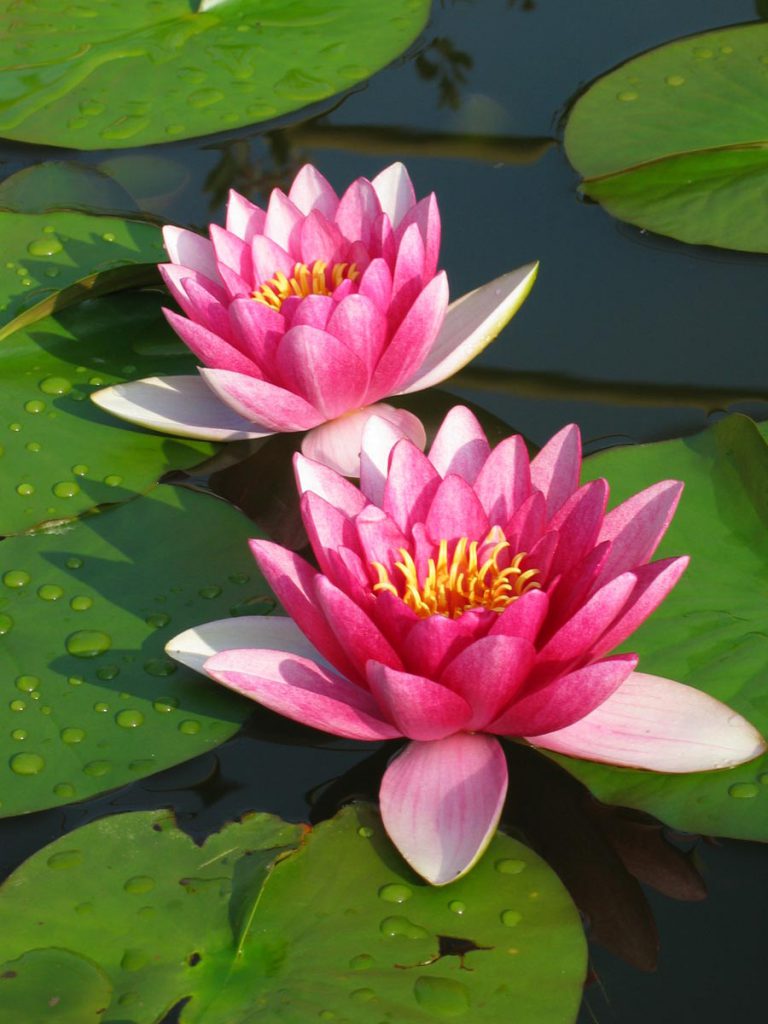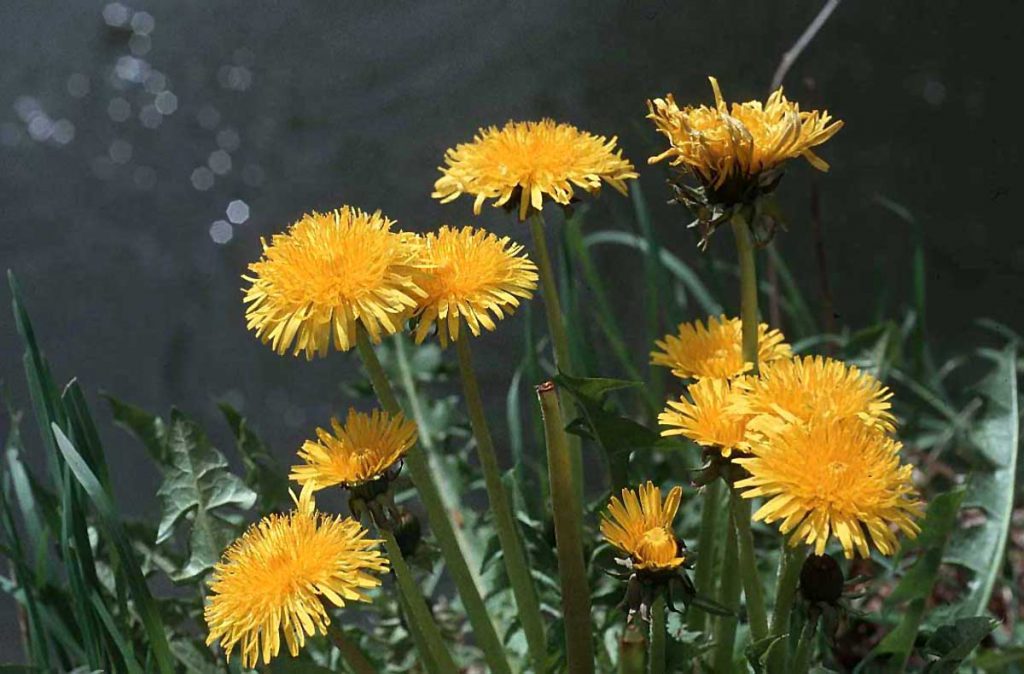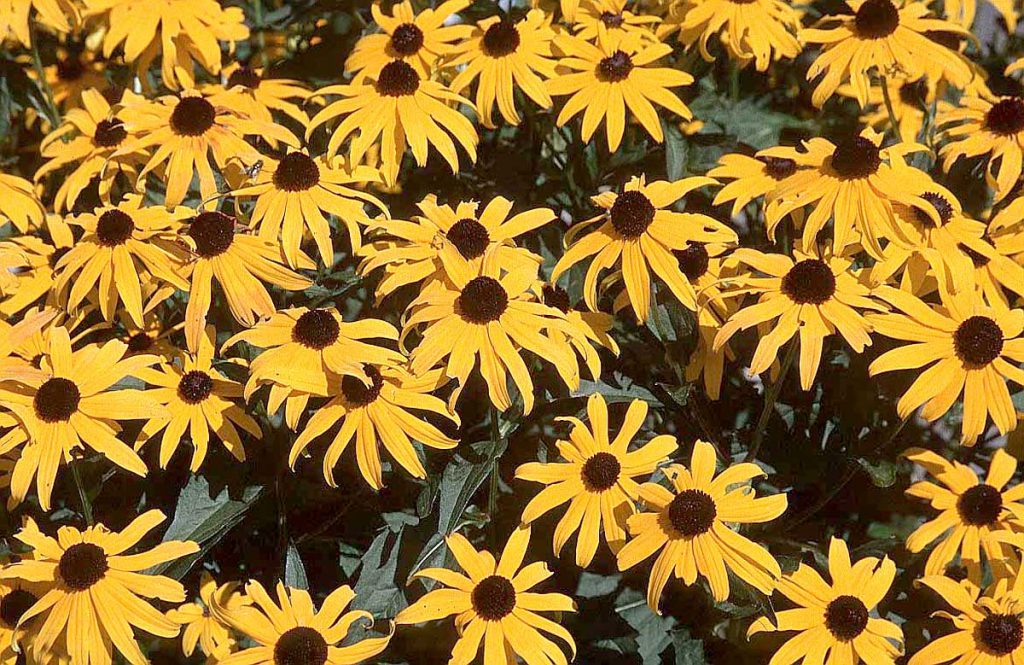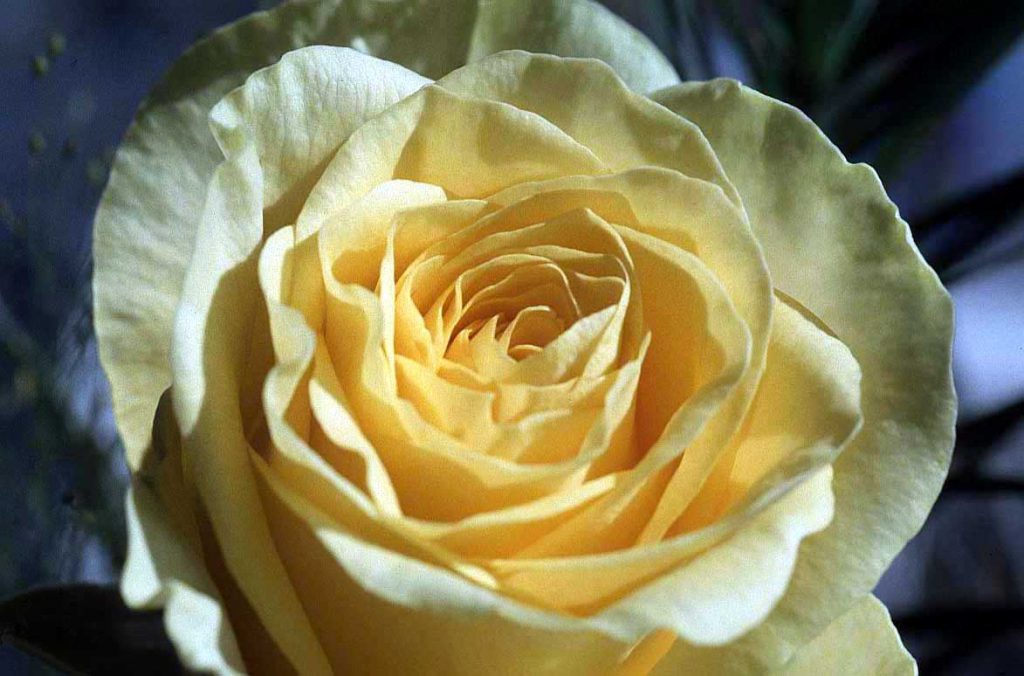Flowers Pictures
It may still be winter with fields covered in snow, but around Valentine’s Day, brilliant blooms abound as bouquets of flowers fill the shops. As the first snowdrops and crocuses appear, you know that spring is just around the corner and valley meadows will soon be carpeted in a kaleidoscope of colourful wild flowers. Summer arrives and chalet balconies are bedecked with beautiful blossoms. The rich red, yellow and gold of autumn set a quieter mood as the annual cycle slowly once more draws to its close.
Diamonds maybe forever, but flowers are for everyone!
Photographing flowers is not as easy as you may imagine from the fact that they don’t move about much, but following some simple tips may could make your pictures of flowers more successful:
Take photos indoors wherever possible, or at least choose a still day – movement due to wind is one of the most common ways of spoiling your flower picture by blurring, especially when shooting extreme close-ups. To avoid blurring use a good sturdy tripod and a remote shutter release which will eliminate another of the main causes of loss of focus – camera shake.
Select portrait or landscape mode carefully – look at the flower subject and think about which suits its shape the best. If it helps you decide, there’s nothing wrong with lining up the shot through a frame made by your fingers in either landscape or portrait, even if you do feel a bit self-conscious if someone is watching! Then experiment with different angles: try above, below and from straight in front. The tripod is invaluable in this process, because as you try out angles and settings, you can maintain the focus.
Lighting is crucial in good flower photography, and can be used creatively. Dawn is a good time to find the best light, and as a bonus the air is often still then. For a dewy look, sprinkle the petals with a few drops of water. If you are shooting flower pictures indoors, or if you just want to be able to control the light direction and intensity, good results can be obtained using a torch when it is dark, rather than expensive photographic lighting.
Camera correctly for the type of close-up you want. Choose the Portrait setting for distances over 30cm, and Macro for distances of less than 30cm, even down to 2.5cm. If you are using manual settings, choose a low F-stop number for a wide aperture; this will give you a sharp image of the flower, but put the background out of focus. Sometimes, perhaps counter-intuitively, using a telephoto lens works even better than Macro. This is true of the type of picture where you want to isolate one flower and put the front of the photo out of focus as well as the background. It is a good idea to turn off the Autofocus when shooting in extreme close-up. This is because precise focussing is vital to the picture, and Autofocus may not be accurate enough. Enjoy in pictures of flowers to print

